Last month, the Sage of Kettering and I went on another trip, this time to England’s oldest ally, Portugal. *It involved brief excursions into Spain over a raia (‘the stripe’ as it is called), one of Europe’s oldest borders, almost unchanged but still disputed many centuries after delineation in 1297, so it was an Iberian adventure. We focused on the north of Portugal, and then Lisbon.
We flew to Porto, with the least user-friendly tram system I have yet used, and made our way up north by noisy Diesel train through pleasant farmland, brushing the Atlantic coast on the way to our first stage, the fine fortress town of Valença on the Minho river, which here forms the border with Spain. Valença has a striking fortress citadel as its old town, with many layers of defences. The scale of the walls can be judged by the horses in the pictures. A drone video of the fortress, a 17th Century construction on an older 13th Century construction, is here.
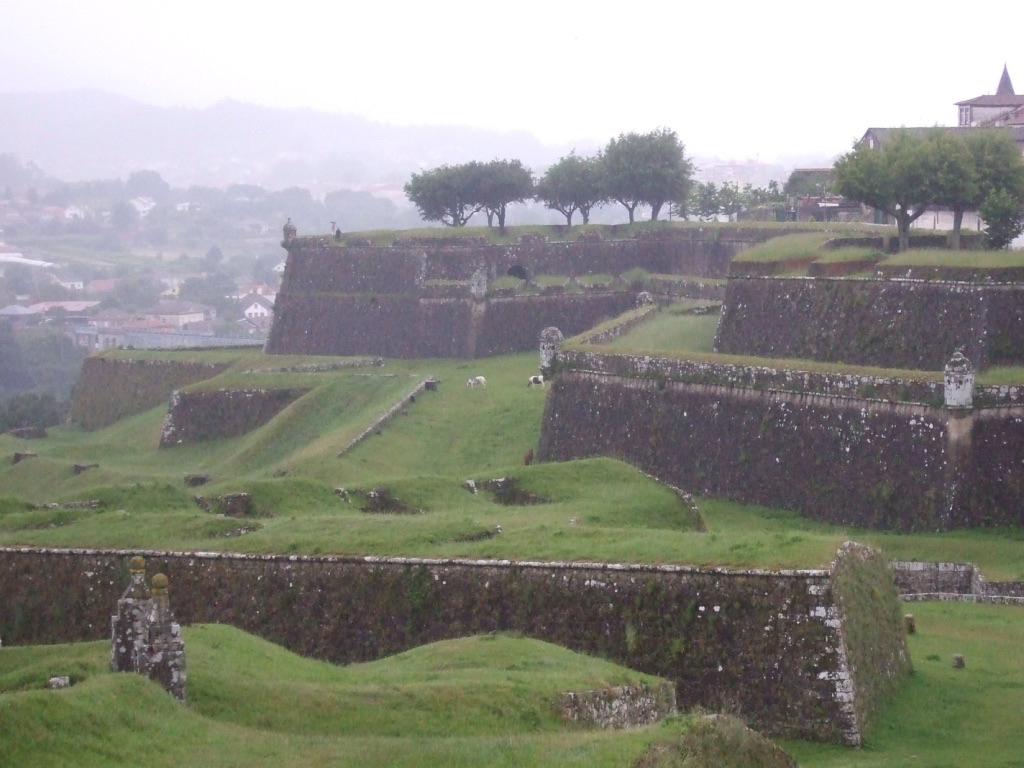
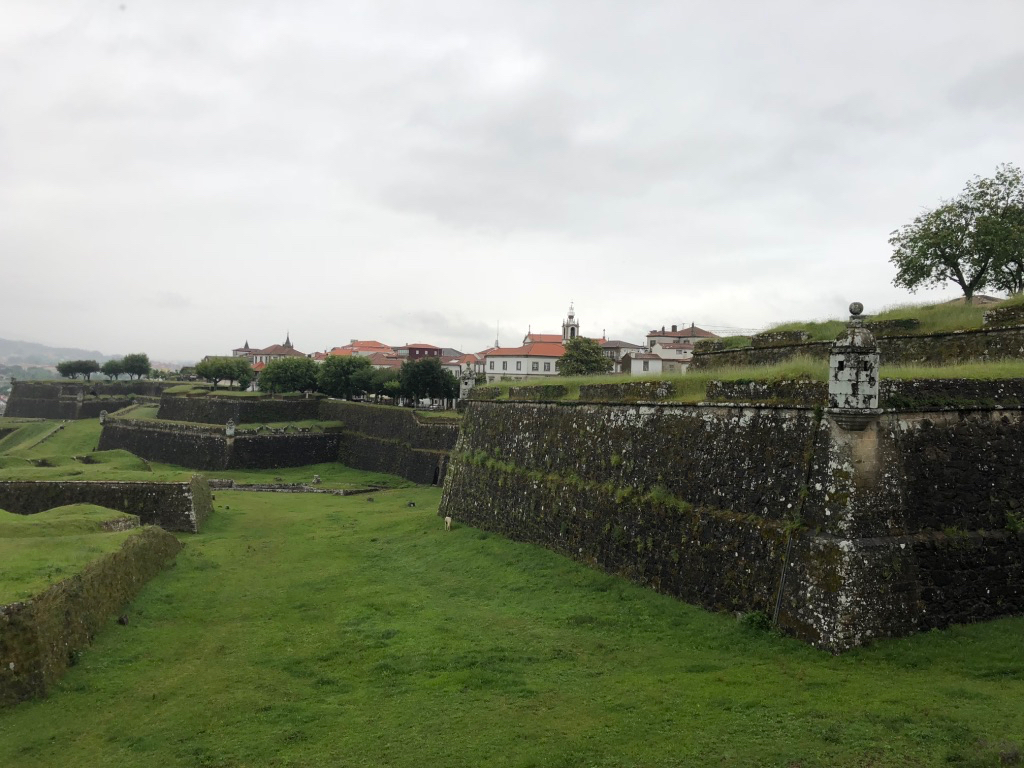
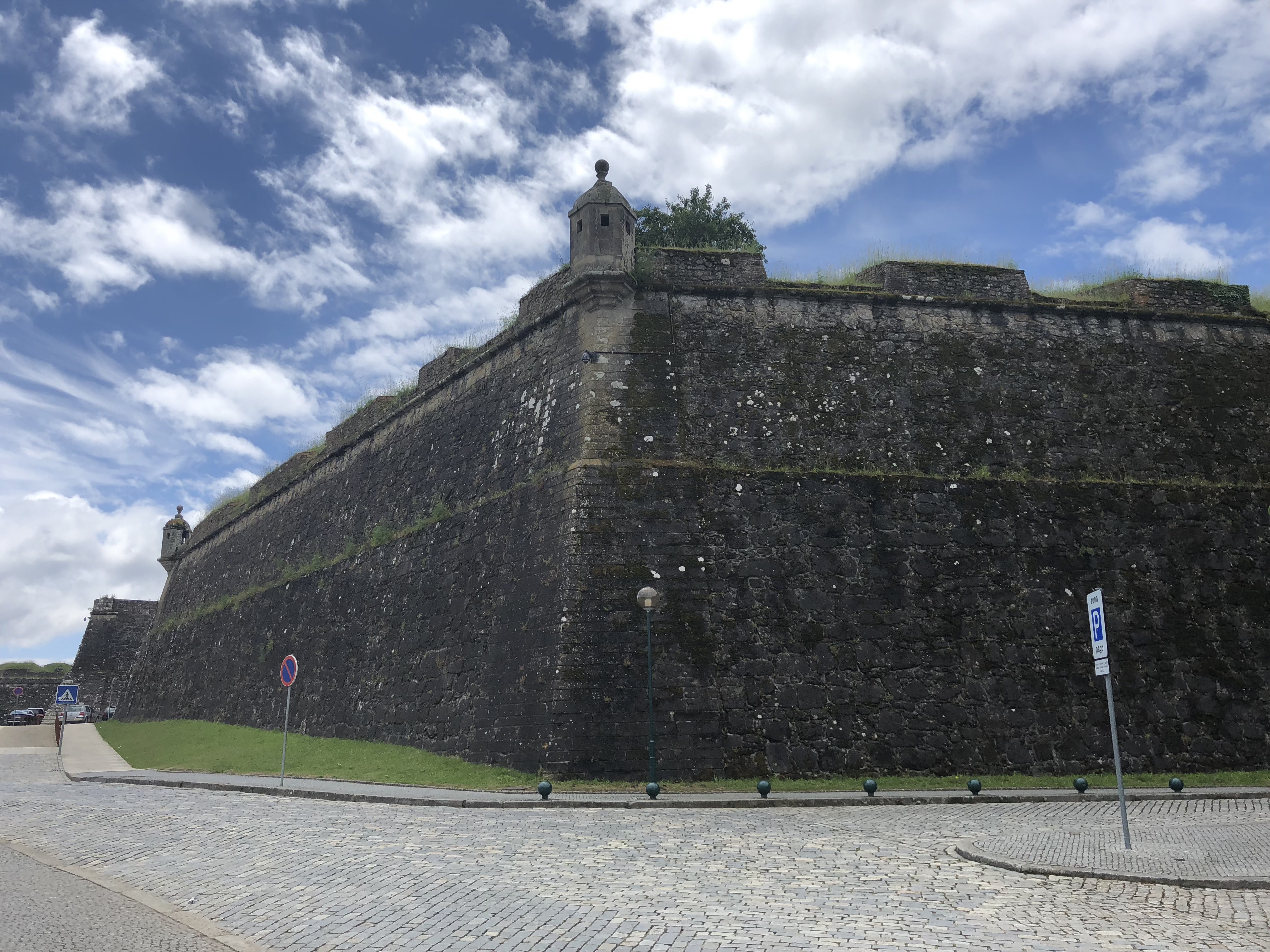
We stayed in the Pousada, a 1960s concrete job, but rather discreetly constructed, with fine views over the river. The weather and scenery on arrival were strikingly reminiscent of the English Lake District, over 850 miles to the north. A fine meal with some local vinho verde (‘green wine’), a white with ‘green’ meaning ‘fresh’ or ‘young’.
We reached Spain over the Minho by the striking International Bridge, an 1870s girder job, trains on top, cars in the middle and pedestrian paths at the side, not a walk for those who dislike heights.
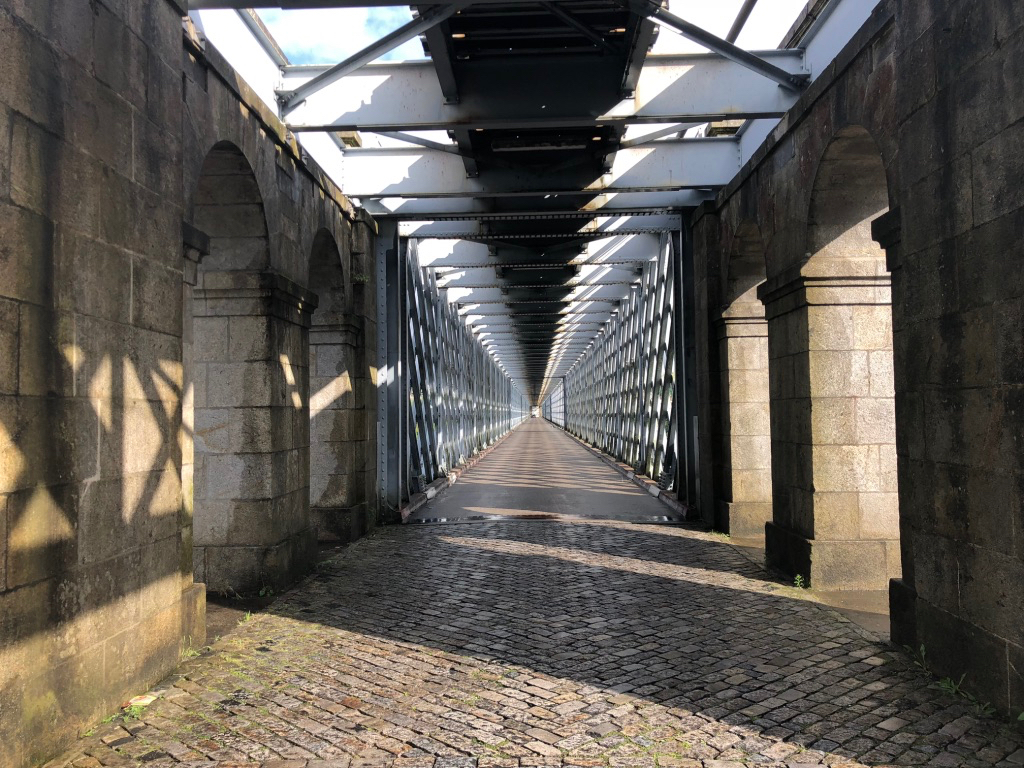
Over the border is the Galician town of Tui/Tuy, (in Spanish or that other vulgar Latin derivative, Galician) with its fortified cathedral, sitting atop the hill, with views over to Valença.
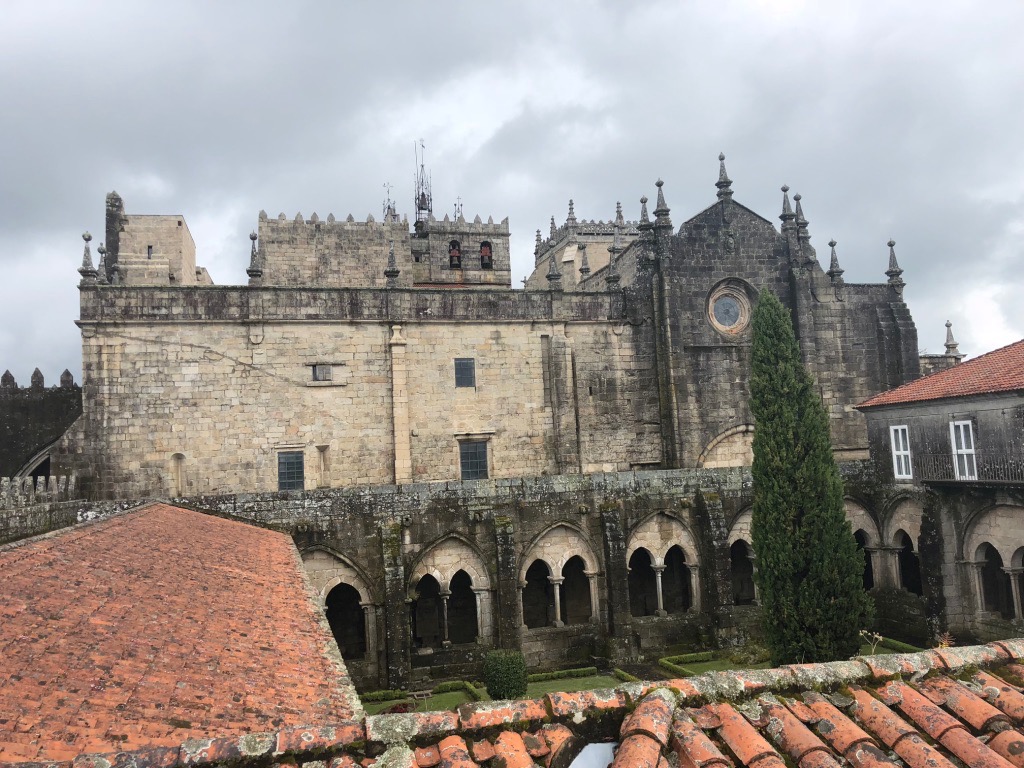
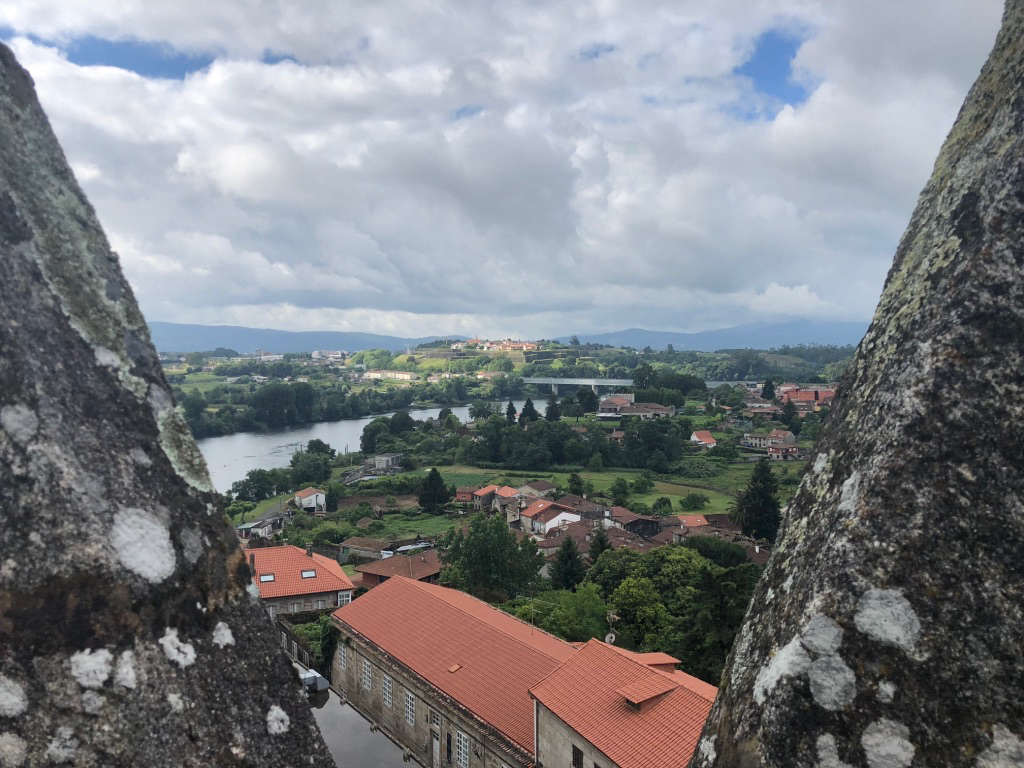
Tui is very pleasant, making good use of its river frontage too. Quite a few Irish pilgrims were on the walk to Santiago de Compostela, most likely from Fátima. There seemed to be a ‘Celtic’ vibe around these parts.
And right on the Spanish side of the border, the Spanish Civil Guard car betrays its ‘Fascist’ roots.

Back over the bridge for a stroll around Valença, with a Roman Milestone marking the road to Braga, but it has rather pointlessly been moved from its original location.
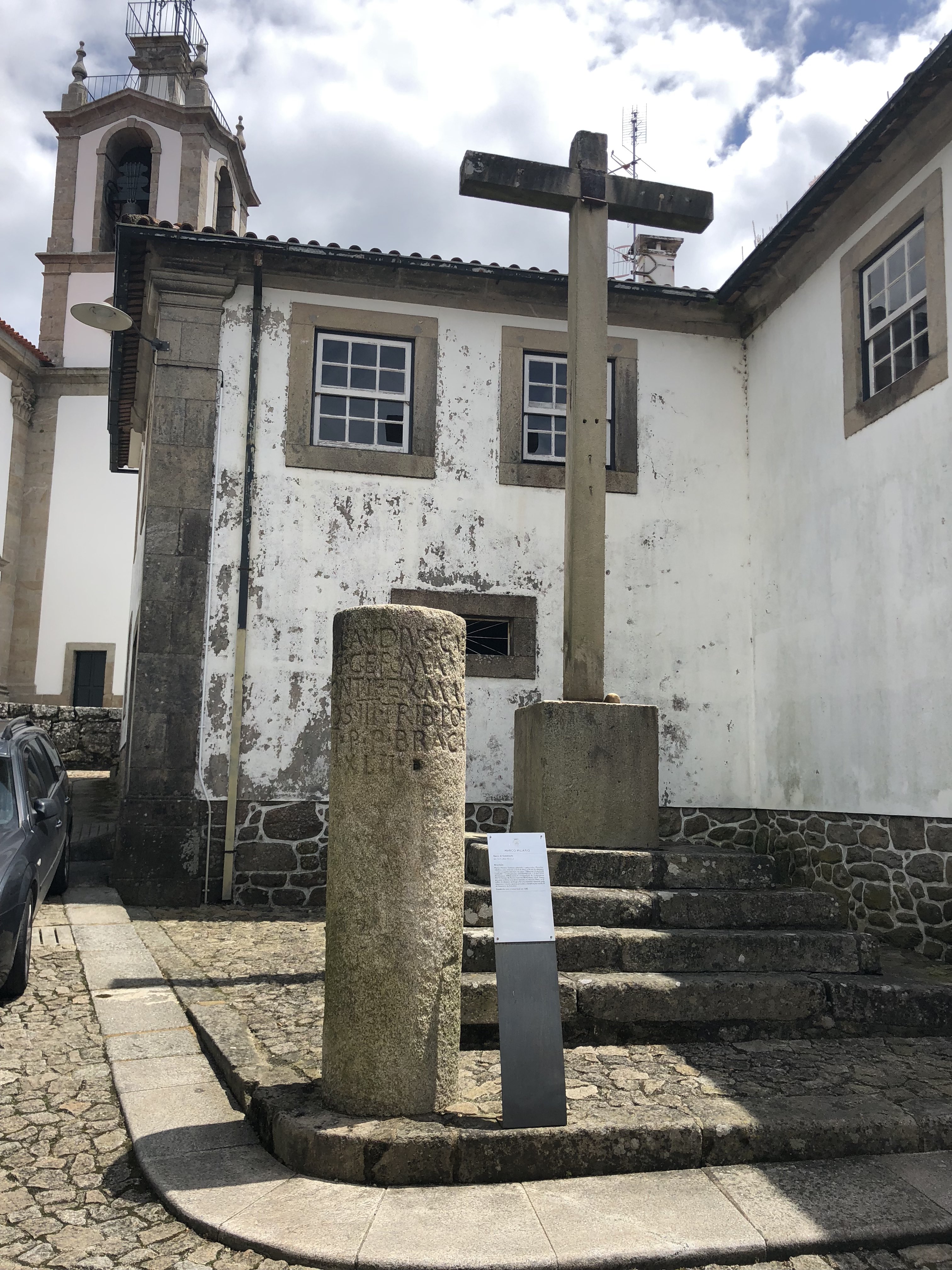
From Valença, after a fine roast cod lunch, back down to Porto. Here the Douro runs through the chasm between Porto and its little sister town, Vila Nova de Gaia, with many Port Houses clustered together on the south side of the river.
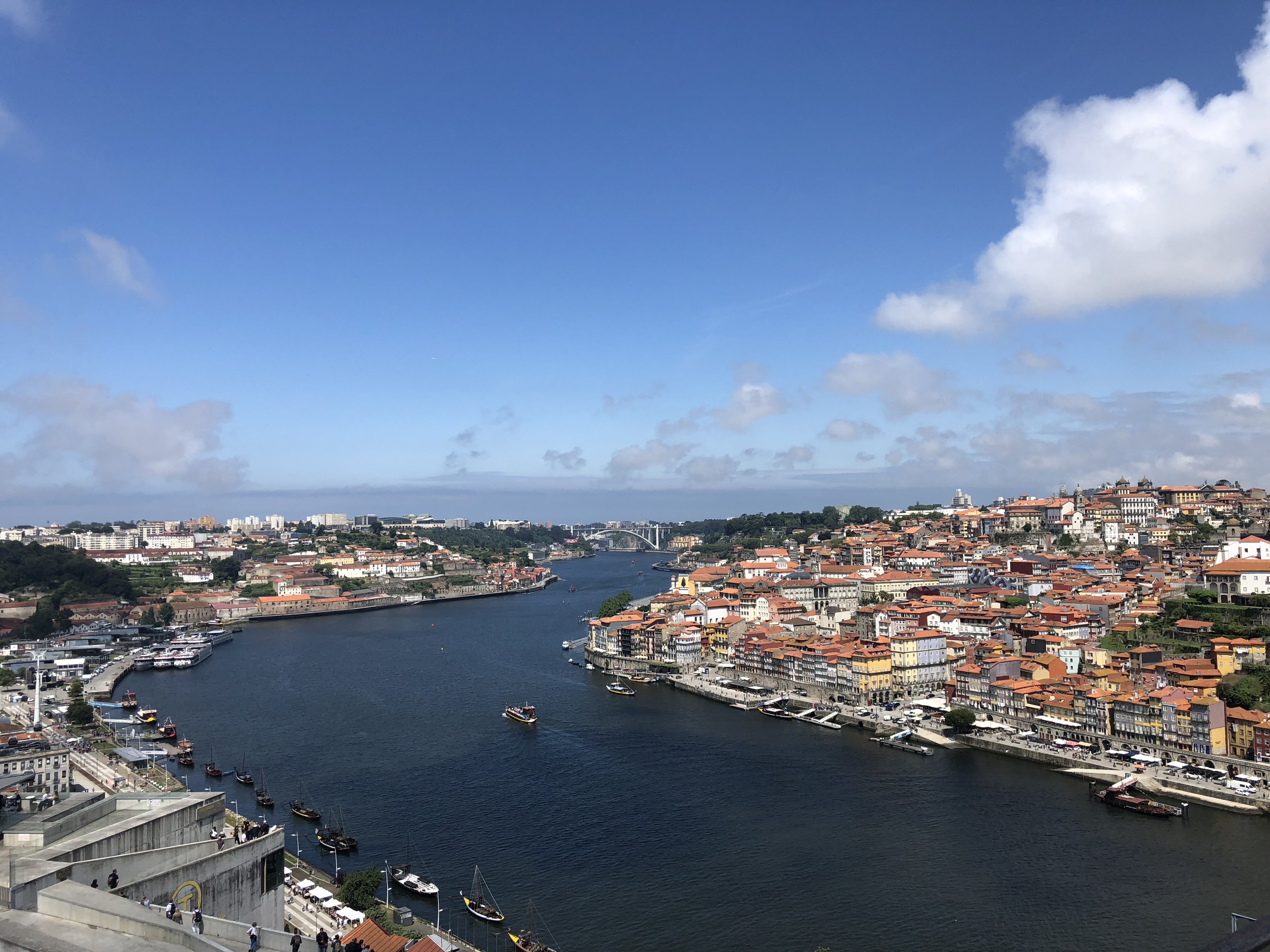
Striking was how the trams run over the bridge along with a pedestrian walkway, the natural assumption seems to be that no one would be stupid enough to walk in the path of the trams, so there’s no need to regulate things.
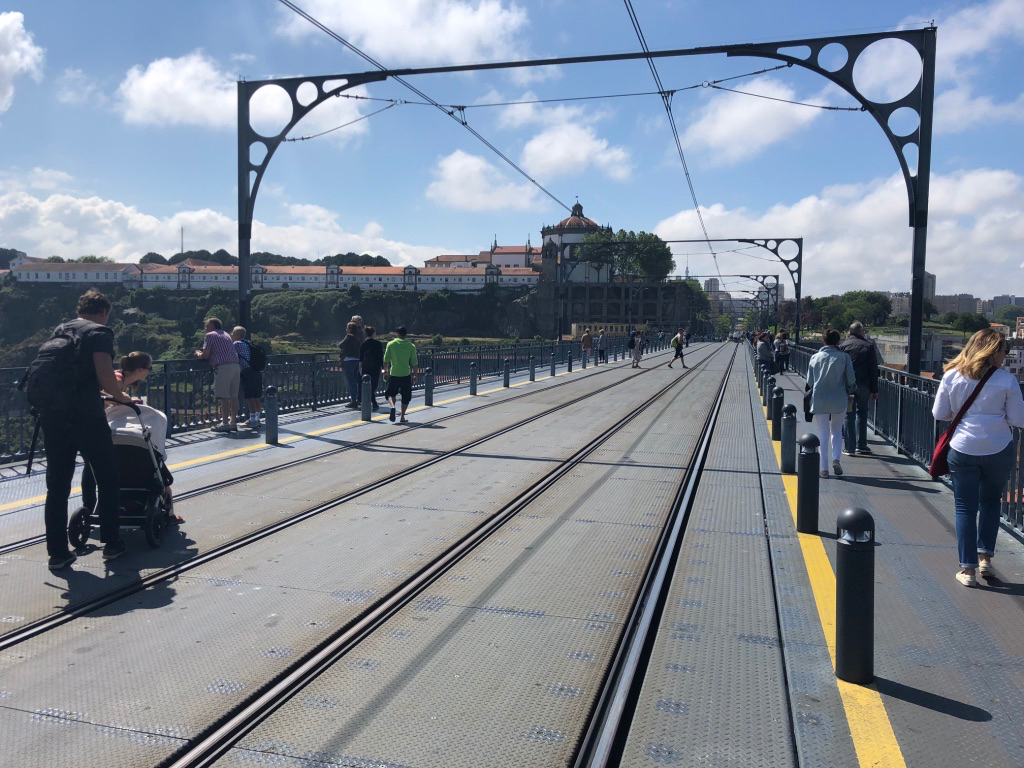
In the background of the above picture is an Army barracks/monastery, virtually destroyed in the Miguelist wars c. 1830, when the Liberals were besieged in Porto by the Absolutists, as they argued over how big to make the State.
We enjoyed a guided tour of the fine Bishop’s Palace, a snip at 5€, with its commanding views of the river, a site, which, historically, allowed His Excellency to keep an eye on the goings on on the river.
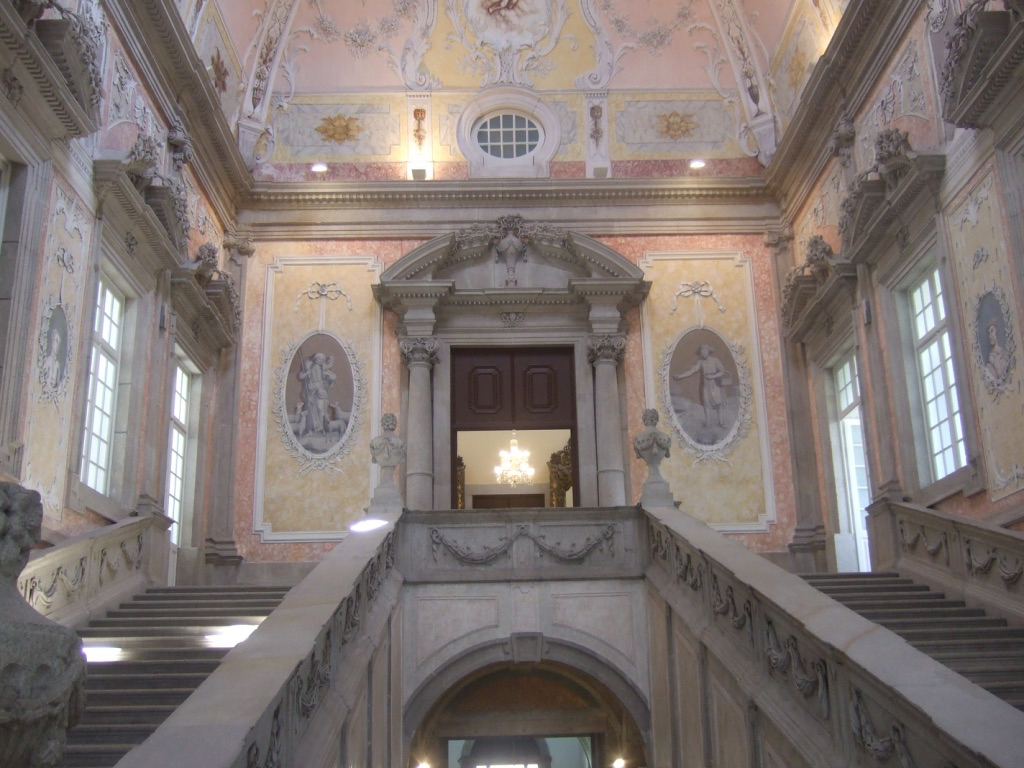
(Addendum) The Bishop’s view:
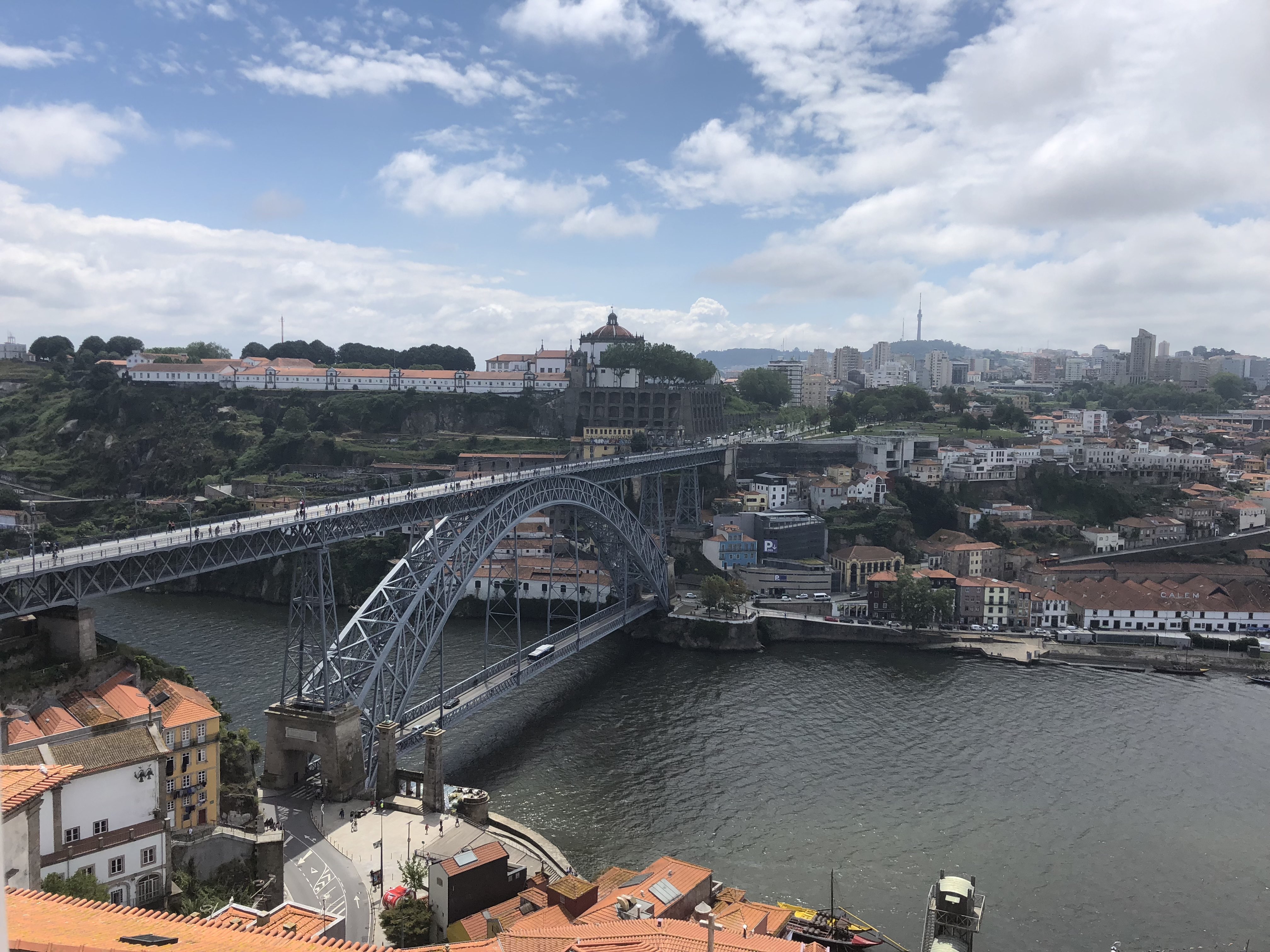
The old courthouse/prison is a striking building, right in the centre of the city.
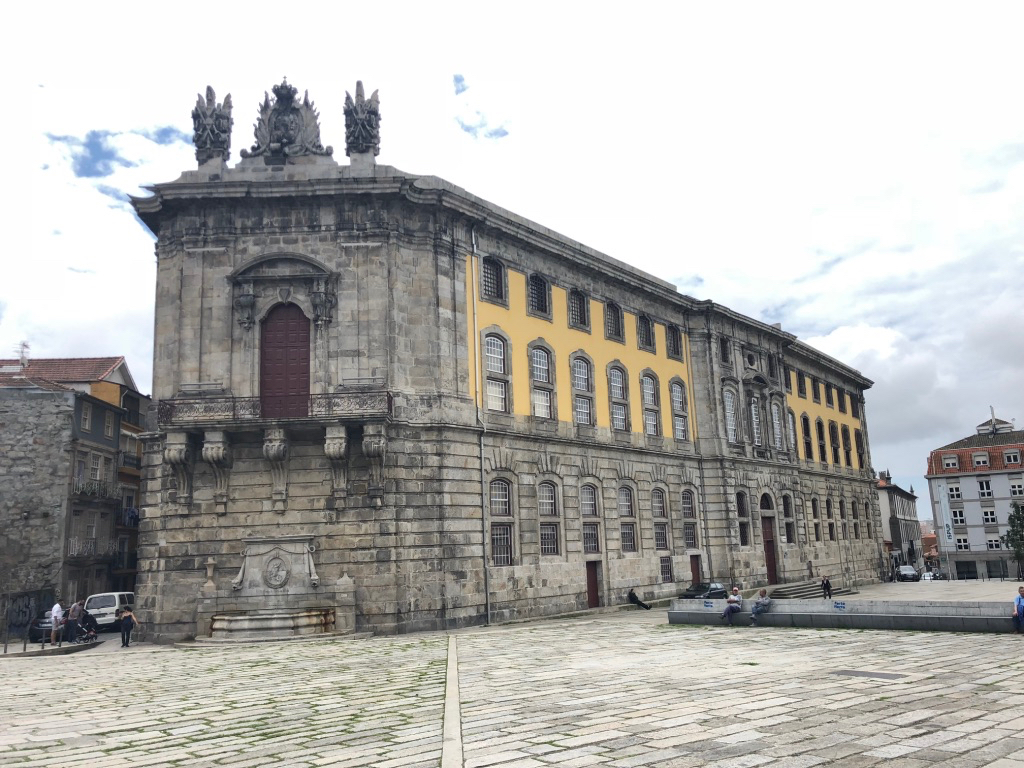
As a city, Porto, like much of Portugal, has great contrasts, old and new buildings jumbled together in the centre, unhandsomely modern outside the core, and far too much graffiti, but it is otherwise a very pleasant place, and perhaps the best railway station decoration on Earth in the central São Bento station.
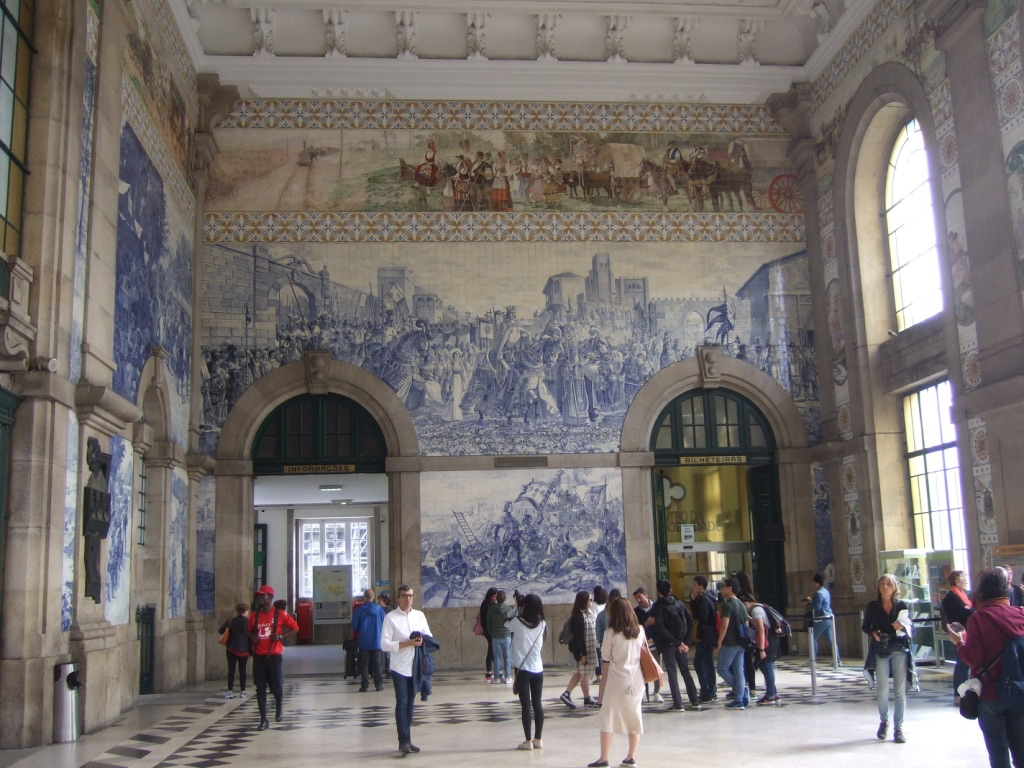
And plenty to see in the city.
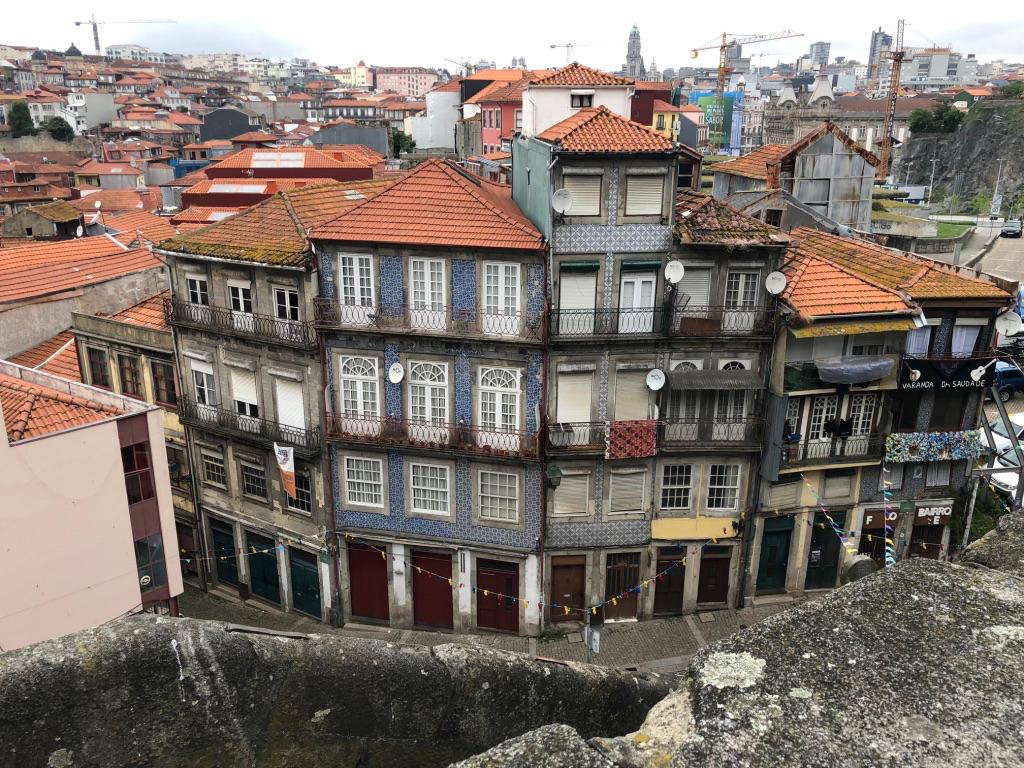
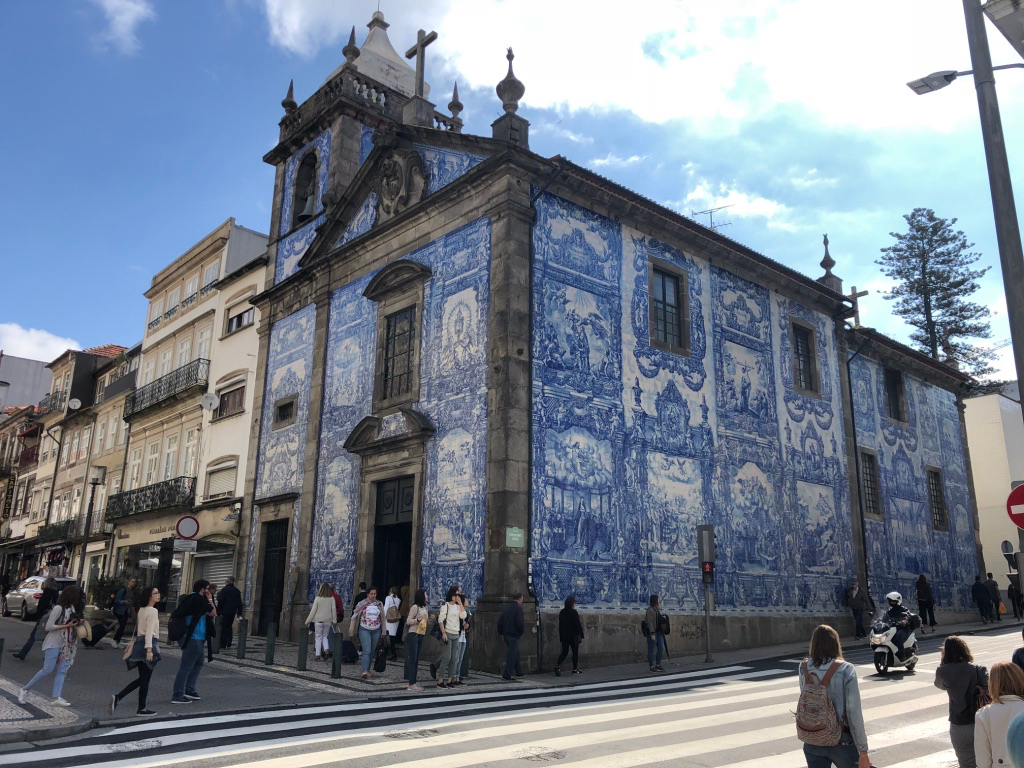
From Porto we took the coach to Braganza in the remote north-east region of ‘Trás-os-Montes’ (literally ‘Behind the Mountains’). A disabled passenger was simply pulled up out his wheelchair by the driver and dragged up the coach steps and dropped into his seat, job done. In Britain, that would probably have required 3 people, 2 risk assessments and at least 4 fluorescent bibs.
The scenery on the road to Vila Real, our interchange, was stunning, as we climbed up into the hills. Sweeping valleys, an immensity of trees. Portugal has developed the unfortunate habit of planting eucalyptus with pine, a bit like mixing kindling and candles, but on a country-wide scale, a recipe for wildfires where the resin burns from the eucalyptus wicks. From Vila Real’s chaotic bus station (they don’t bother to indicate the bay or whether a bus has left or not) to Braganza. The scenery mellows into what is a continuation of the Spanish meseta, over 2,200 feet above sea level, giving us cool evenings. Braganza has, like many Portuguese towns we saw, an ugly modern outer ring, with a fine inner old town citadel and castle. Dinner was wild boar stew (Obelix would have approved), preceded by a chestnut and mushroom soup (chestnuts are big up there), with a fine local red.
Next day, a drive around the countryside, right up to Spain at the border village of Rio Onor in the wonderful Montesinho natural park. Around these parts, my barber told me he had shot 48 wild boar in one weekend.
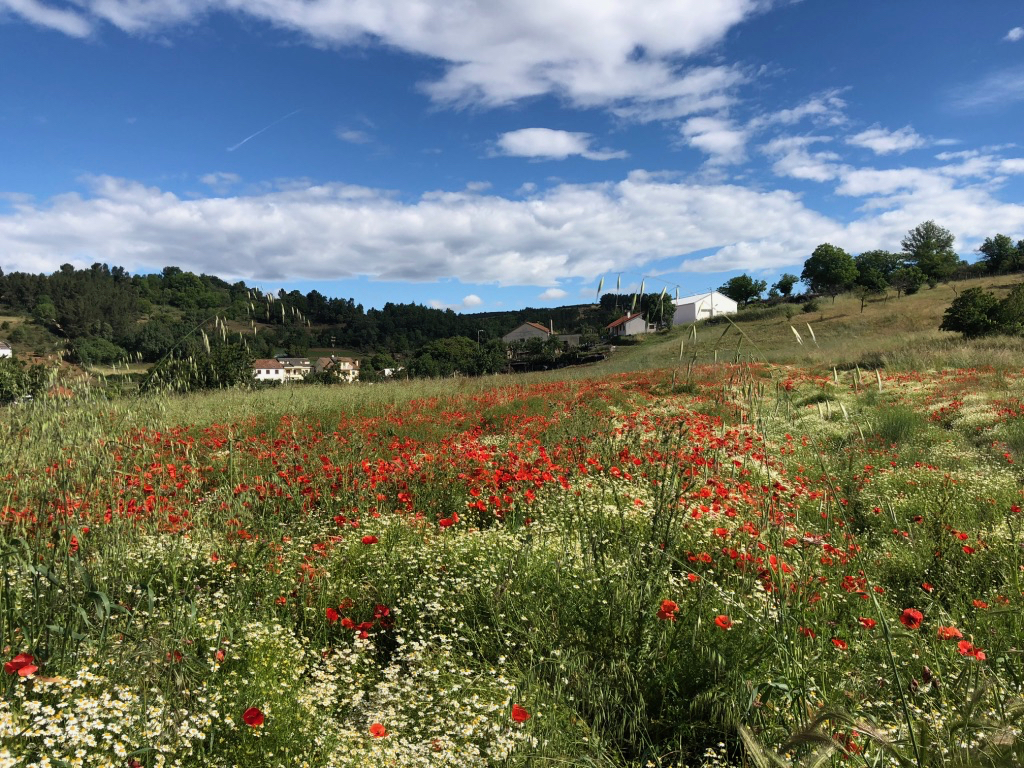
The border village of Rio Onor is really two villages, bisected by the border, marked by stones, and it runs into Rionor de Castilla. Here the Portuguese border stone sits in front of the Spanish sign informing us of the regional hunting reserve.
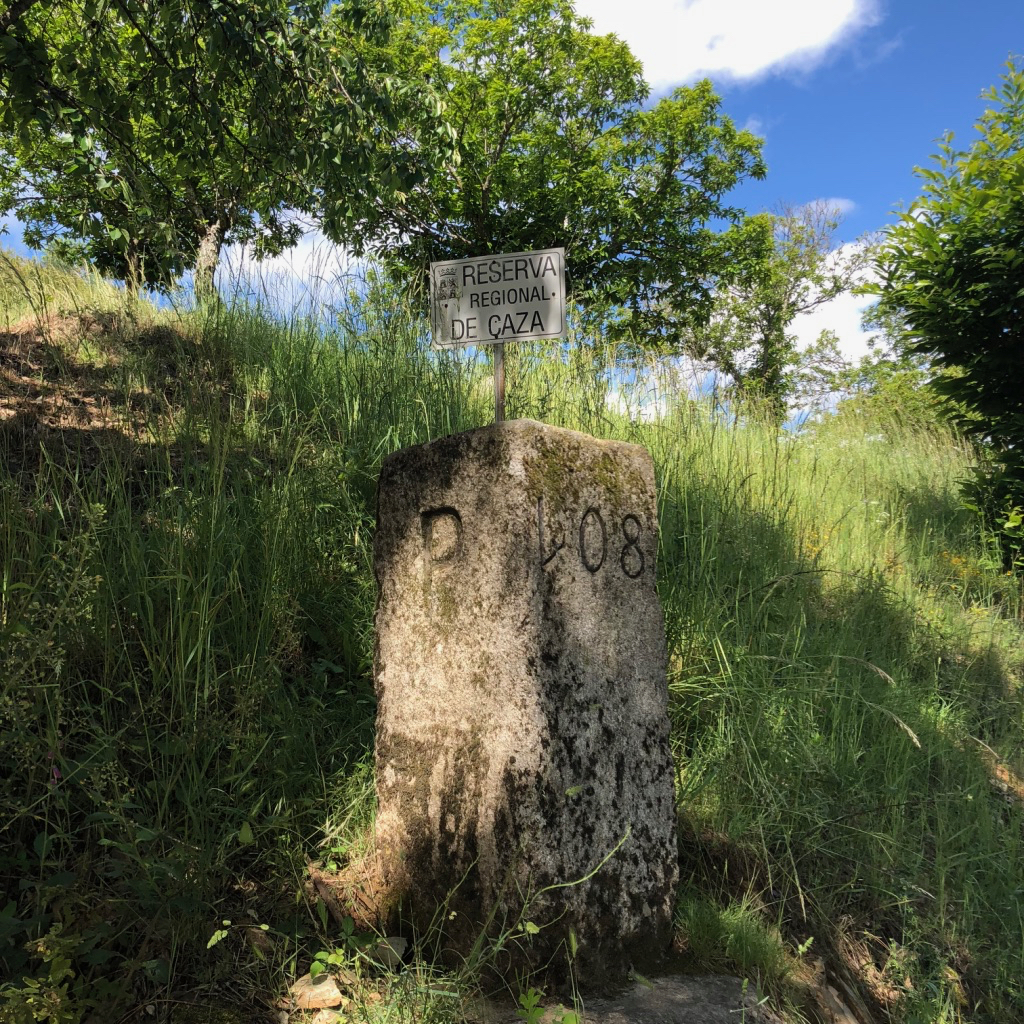
After Portugal’s 1974 Revolution, so I read once, an officious Portuguese border guard became a jobsworth and decided to stop the locals crossing the border into Spain without proper checks, fearful that someone might flee the new unfolding Socialist paradise into what was then still Franco’s Spain. The locals, who farm fields on both sides of the border, were apparently then allowed to take tractors along a new path to avoid checks, creating a new path impassable for the casual, fascist motorist, seen below from just inside Spain.
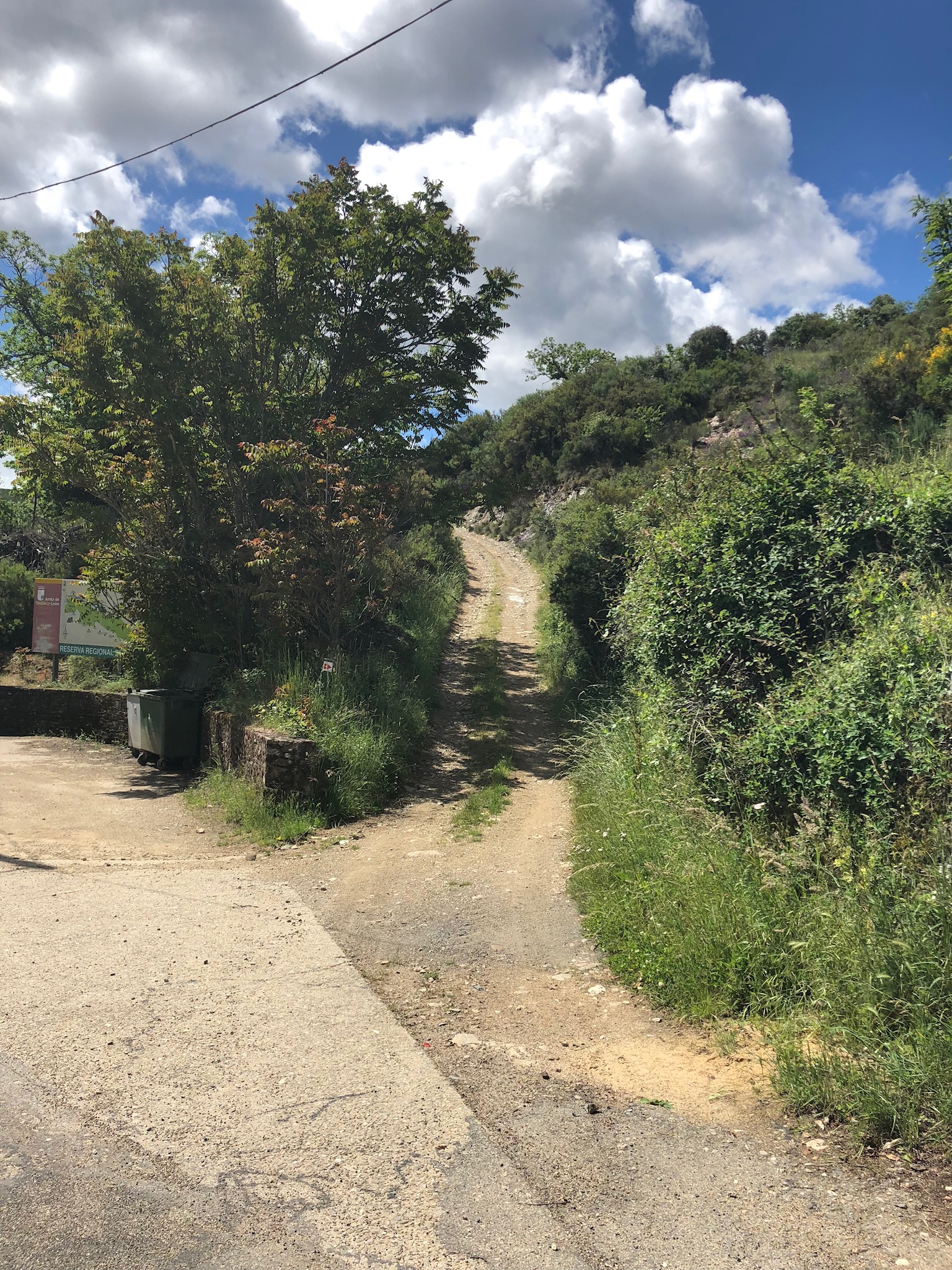
The absurdity of borders at a micro-level is fully apparent here. This village served as a substitute in our trip for a visit to the former micro-state of Couto Mixto, a tiny statelet on the Luso-Hispanic border devoured by Spain and Portugal under the Treaty of Lisbon (1863) ending its inhabitants right to avoid conscription and taxes, but swallowed up when concerns from the Moors to Napoleon were no longer pressing.
The river at the border, roughly the reeds.
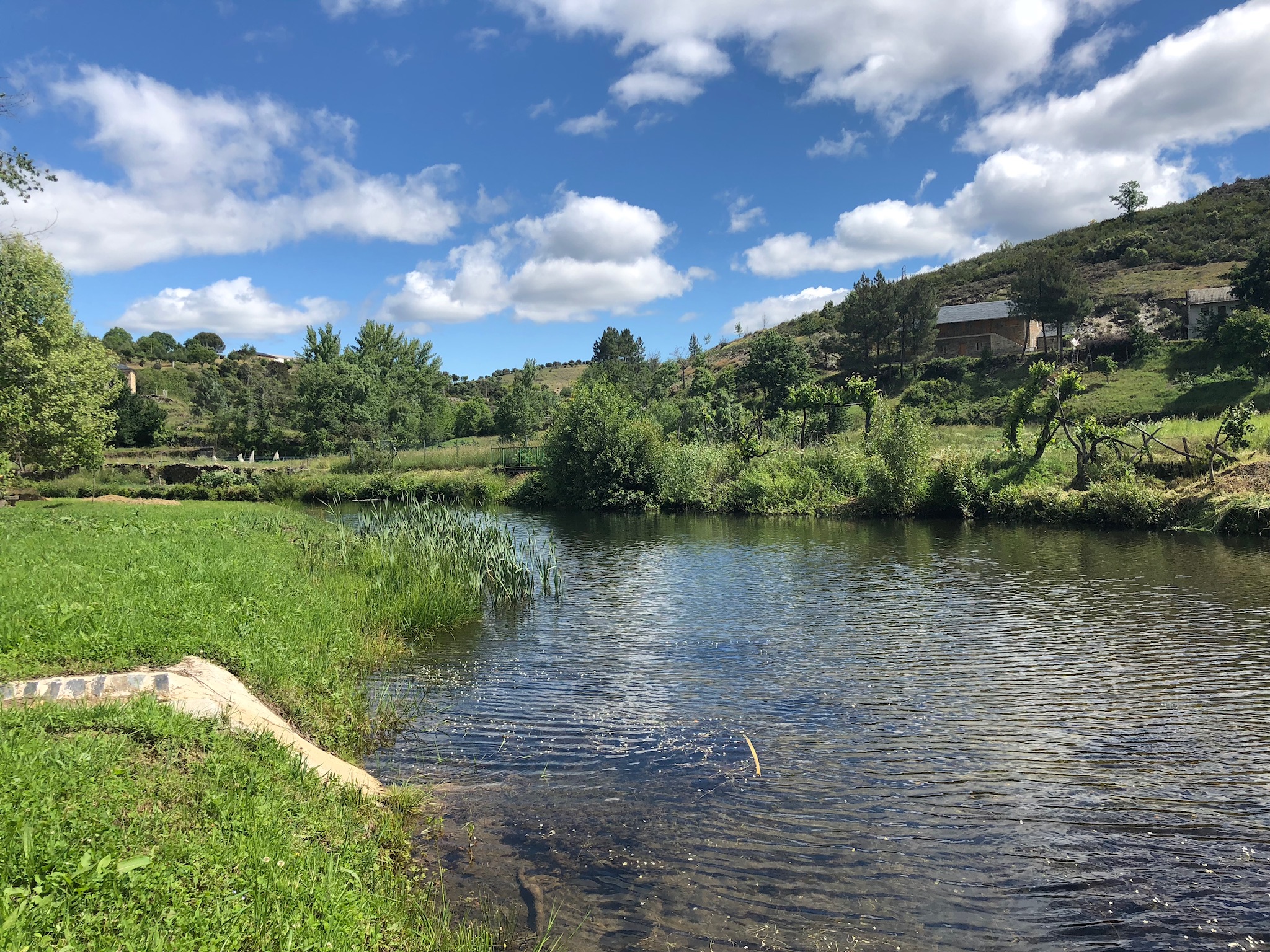
and up the road in Spain.
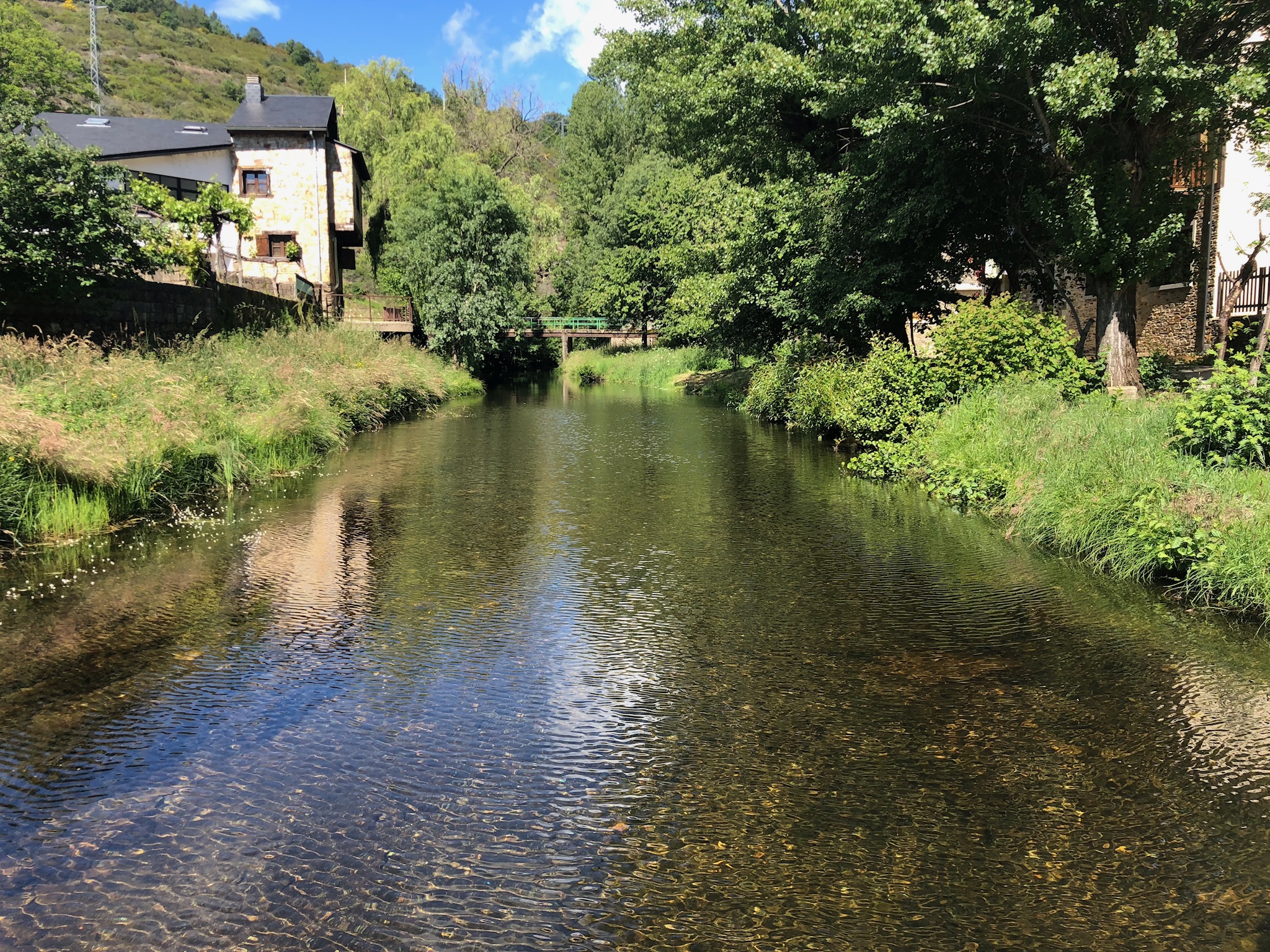
And some typical local architecture:
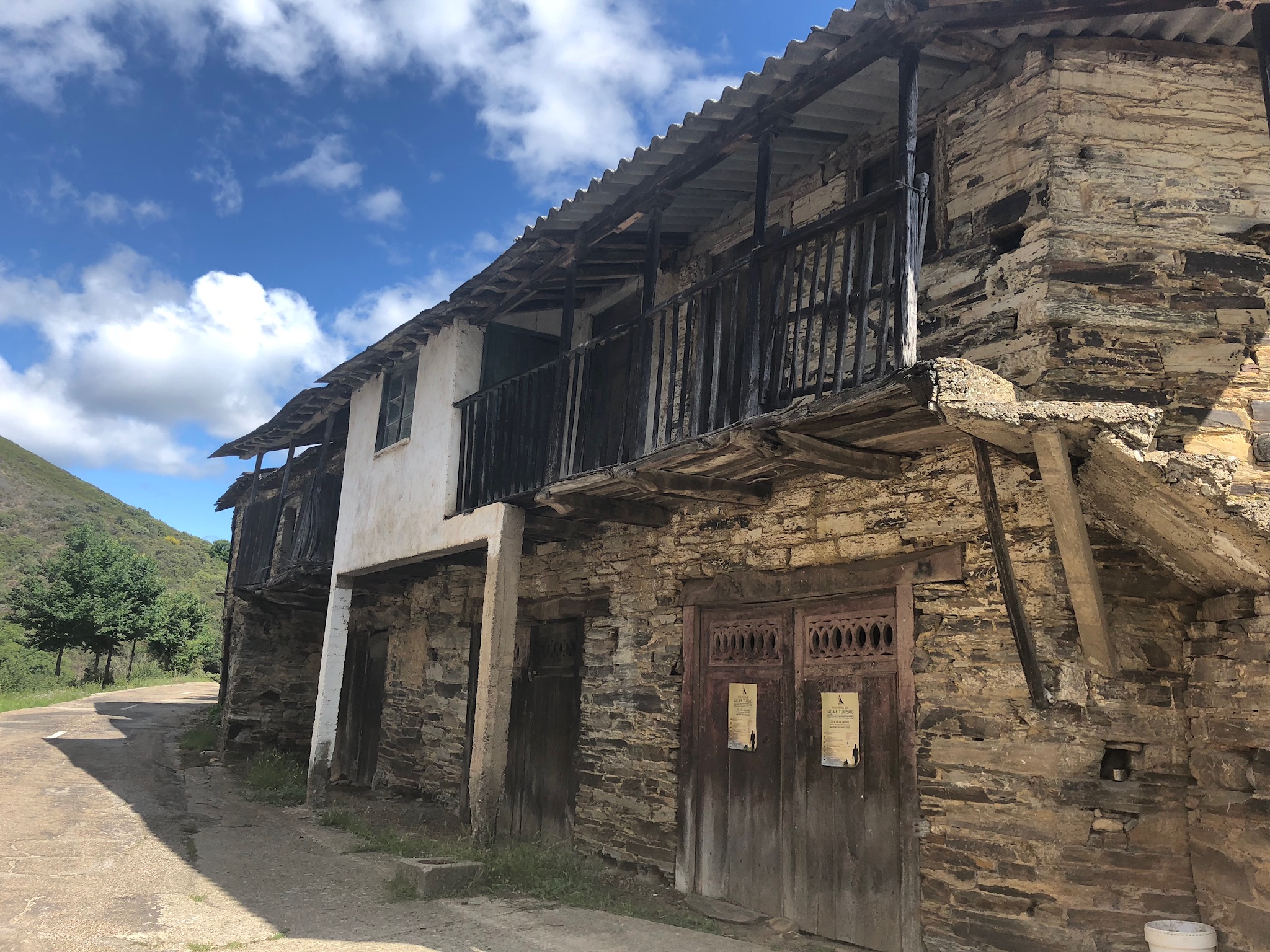
This house in Spain caught the Sage’s eye, he wondered what Kettering Borough Council officers would have made of it, presumably if they survived the shock.
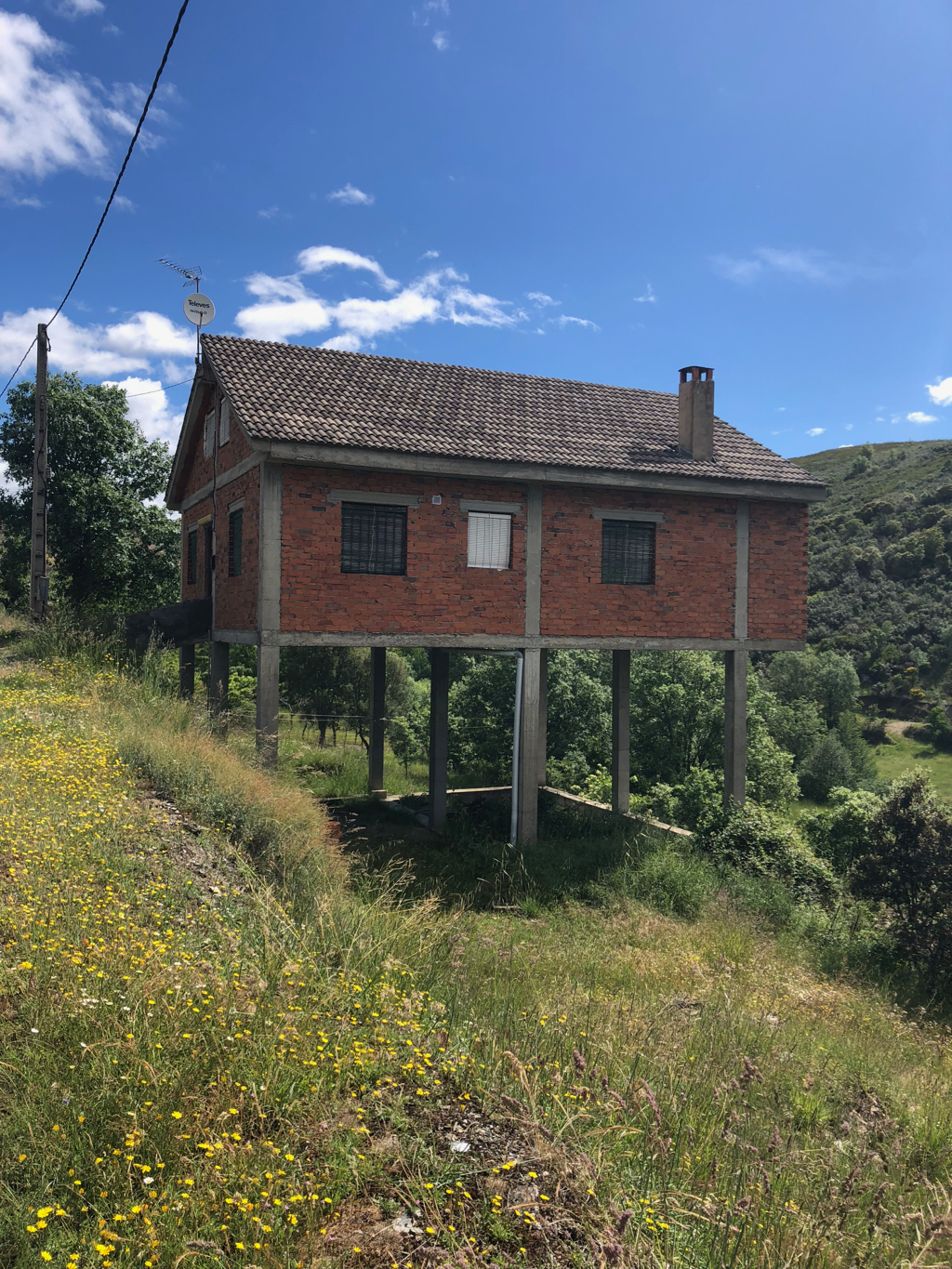
From Rio Onor, down south towards Miranda do Douro, a town also sited on the border. On the way, we come to the village of Outeiro, and its ruined castle, half-a-mile above sea level, with spectacular views.
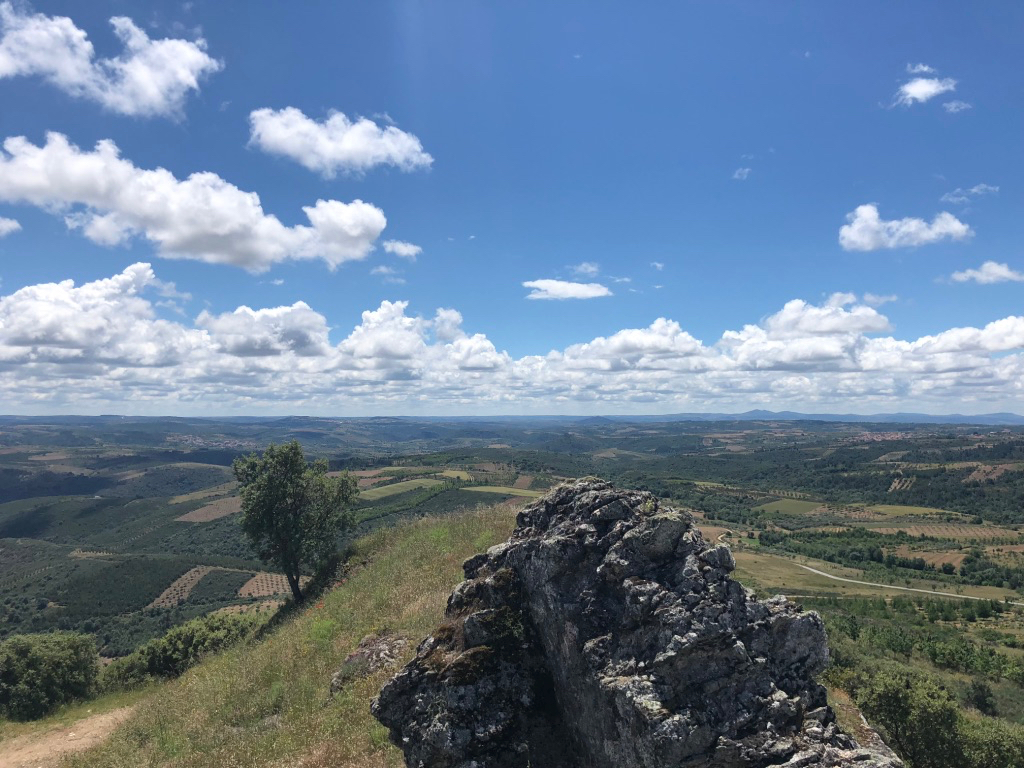
And in Outeiro itself, an incongruous basilica, built because of a miracle sighted nearby. Sadly, it was closed on a weekday.

From Outeiro, on to the small village of Carção, one of the redoubts of Portuguese Jewry, some descended from Spanish Jews who were driven from Spain in 1492 by the Edict of the Alhambra, finding temporary refuge from persecution before Portugal followed Spain’s lead. Descendants of Portuguese Jewry include David Ricardo and Malcolm McLaren. Carção has a menorah on its crest, and many Jews remained as conversos or perhaps crypto-Jews. An old peasant in the nice Café Europa stared incredulously and the Sage and I, seemingly as if we were from another planet; he might have been on the money. One legacy of crypto-Jewry is the alheira sausage. Reportedly, the converso Jews strived to fit in, and ostentatiously made sausages just like any good Christian might, but instead of using pork they used chicken and other meats, although the root of the name implies a garlic base. By the time that the Christians cottoned on to this scheming, they were no longer bothered about the Jews, and they found that the sausages were quite tasty, and they are now part of the local cuisine.
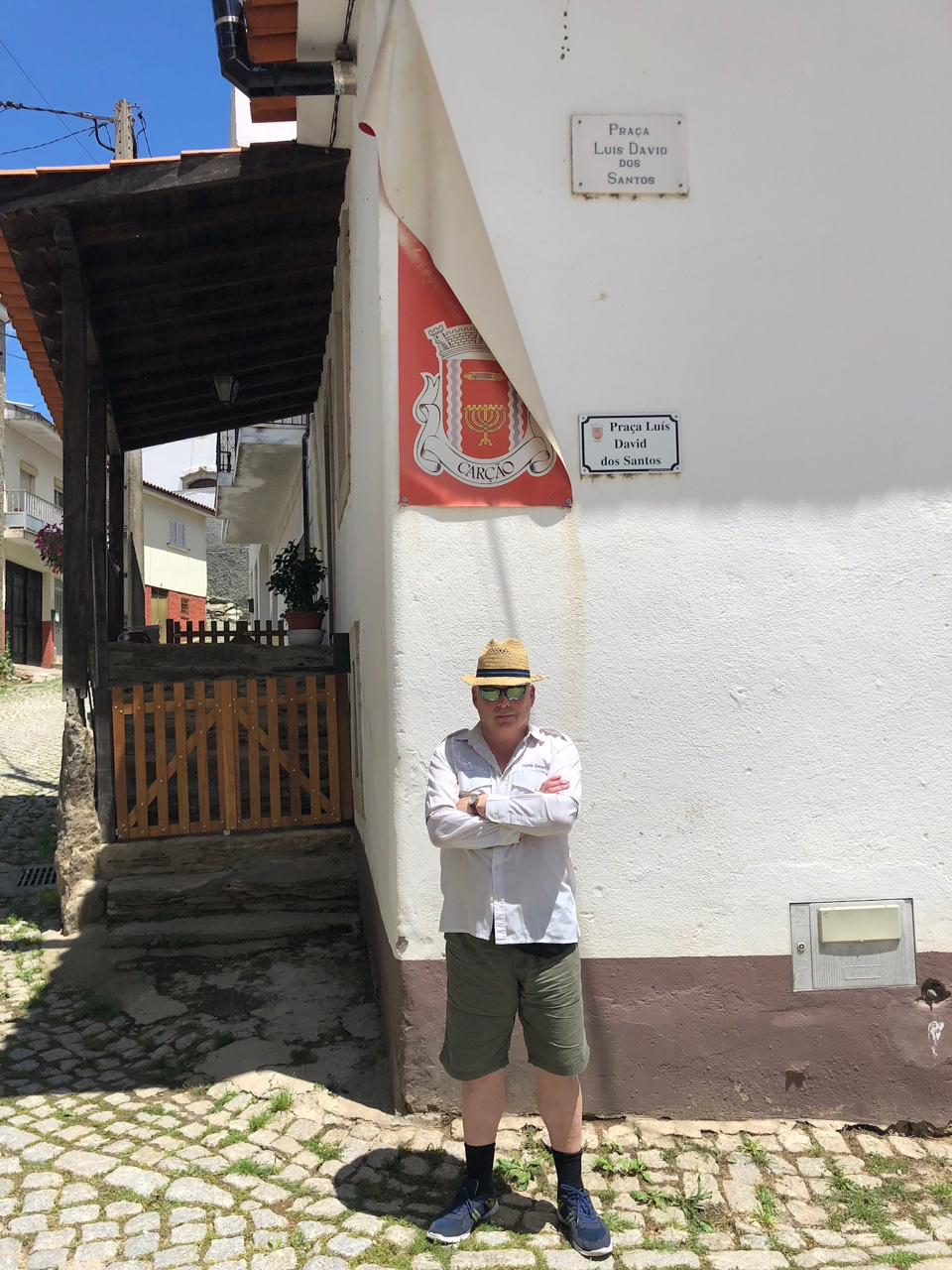
From Outeiro onto the town of Vimioso, where a local mural celebrates the town’s history, this one references the Jewish heritage note the auto-da-fé outfits and the sausages at the bottom. Vimioso was rather quiet, but very clean. We are now in a territory where there two official languages of the country are spoken, Portuguese and Mirandês (for Miranda do Douro), a branch of Asturo-Leonese, another vulgar Latin derivative which has survived in this remote region, and bilingual signs pop up, even where the village name is identical. The entire population of this town was dragooned into Spain during the Seven Years War.
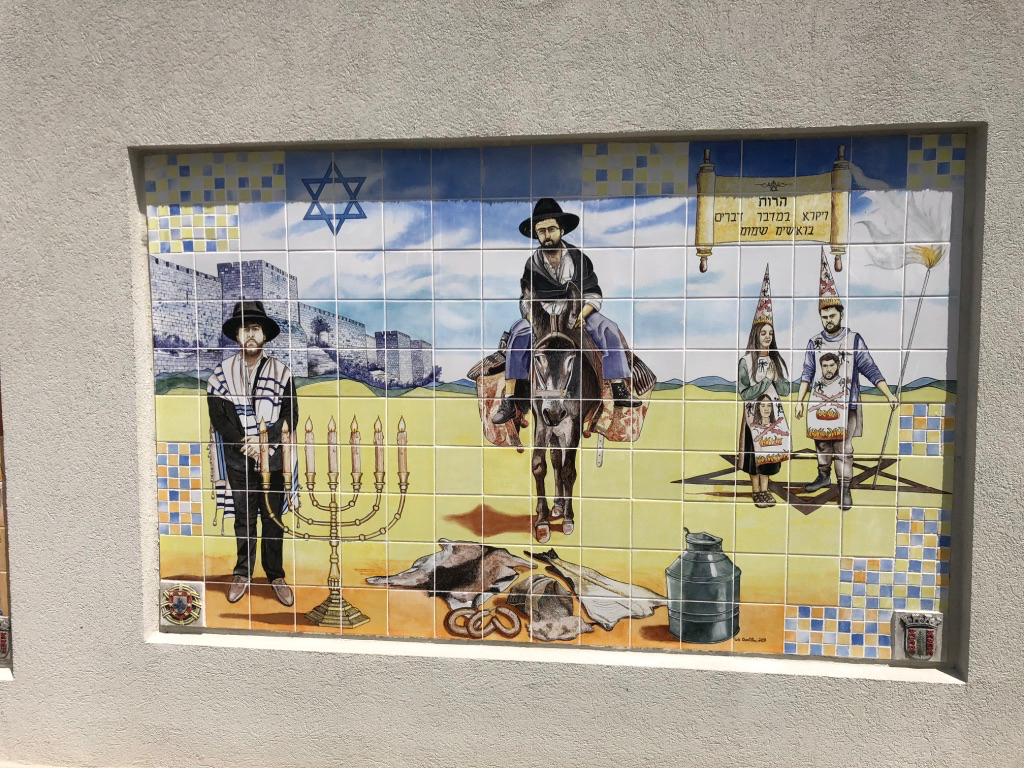
(Addendum) And the Christians get a reference too:
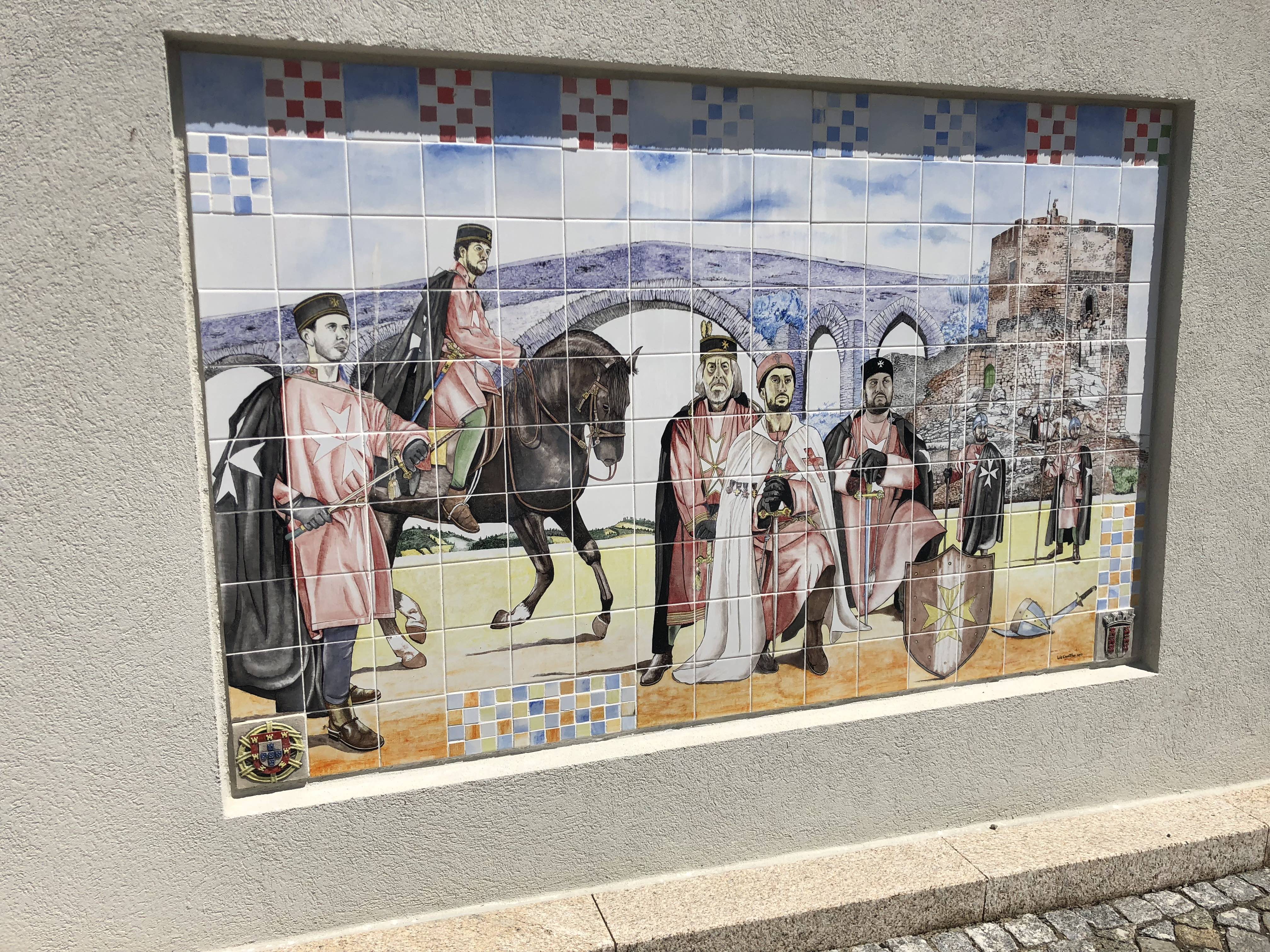
On to the wonderfully remote Algoso castle, around a mile from the eponymous village, a fort built to protect Portugal from the designs of the Kings of León. It has a commanding view of the landscape. What might the first and last soldiers posted there have thought of their posting? In this neck of the woods, it is quite common to come across a cart pulled by a donkey, and herds of horned cattle, sheep and goats.
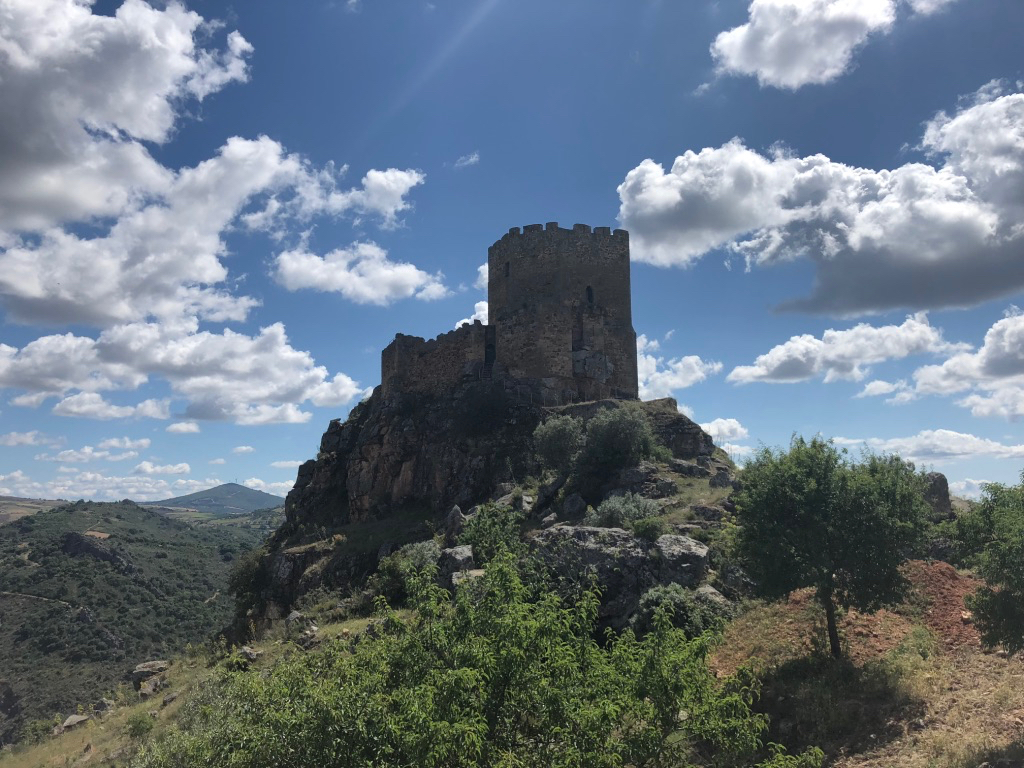
And on to the pretty border town of Miranda do Douro, with its fine cathedral. It had impressive walls, on the banks of the high Douro/Duero with Spain closer than a cannon shot away over the river. I read that Arthur Wellesley, Marquess Douro (as he then was) was hoisted over the Douro near here during the Peninsular War, it is quite a gorge now, and what we see is a dammed river, and the town itself was damned during the Seven Years War, as we shall see.
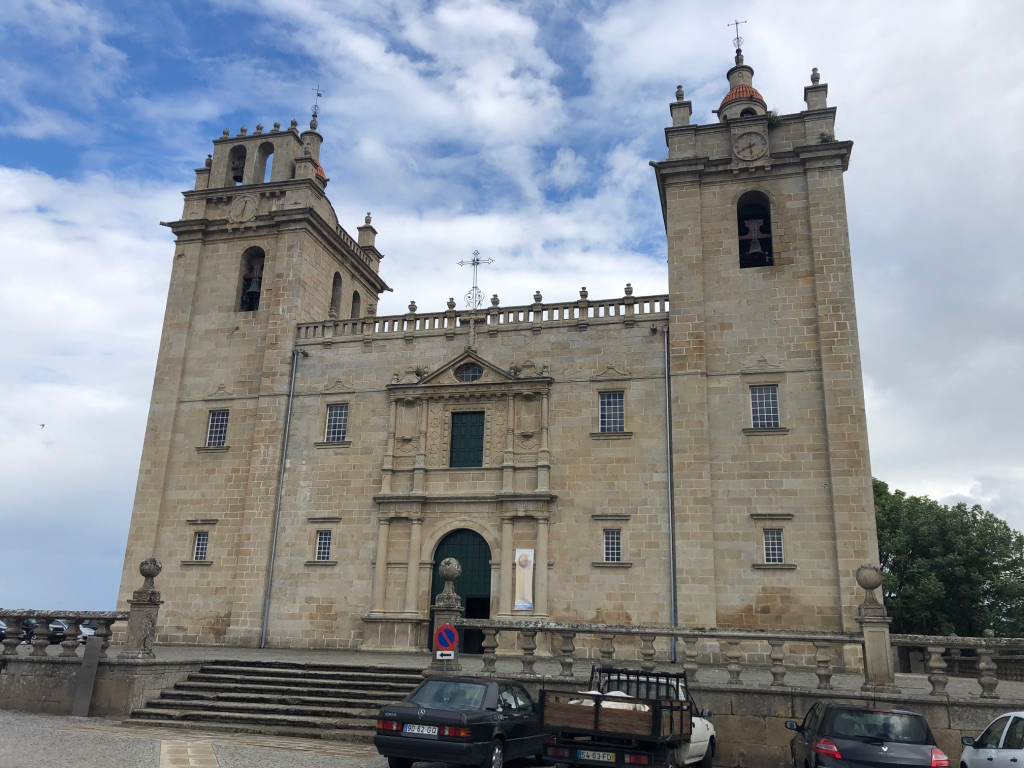
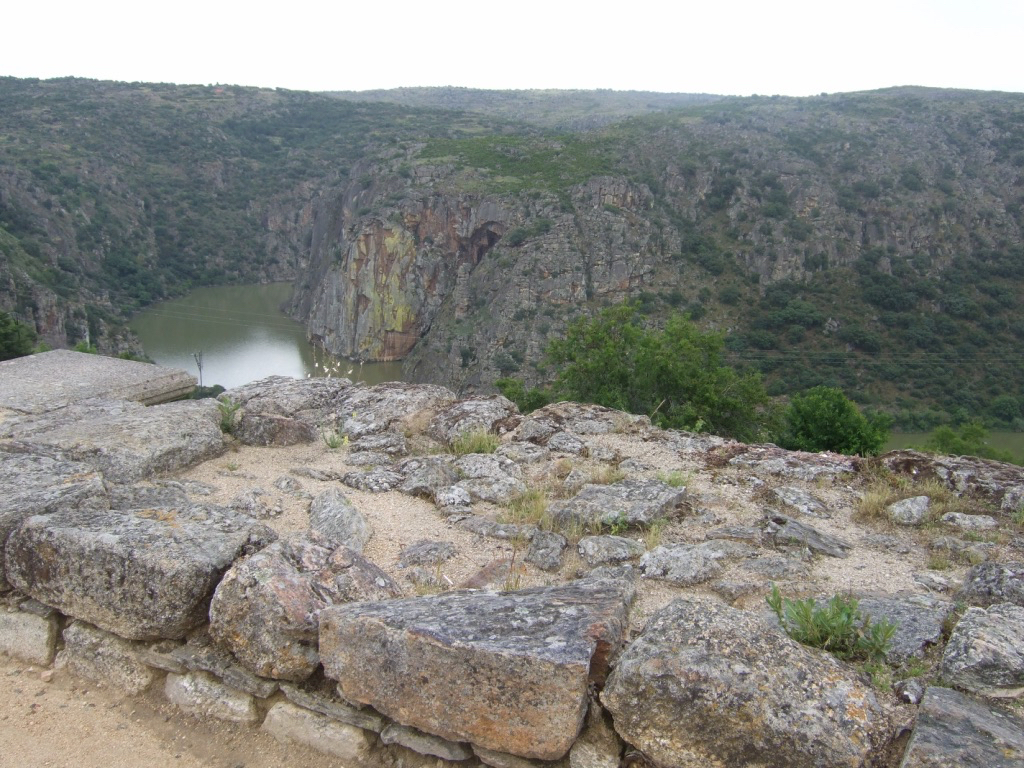
(Addendum). The inside of the cathedral has a rather unique icon, an 18-Century Boy Jesus, sporting a top hat.
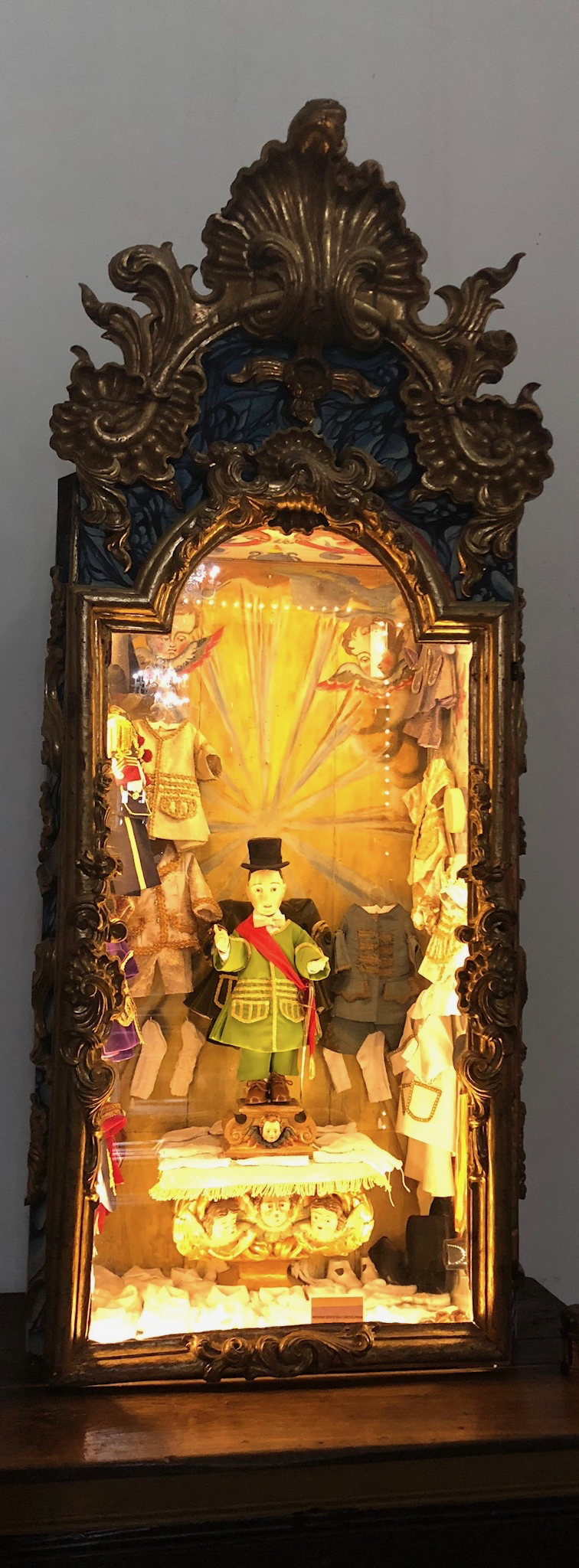
But generally, it is very tasteful inside:
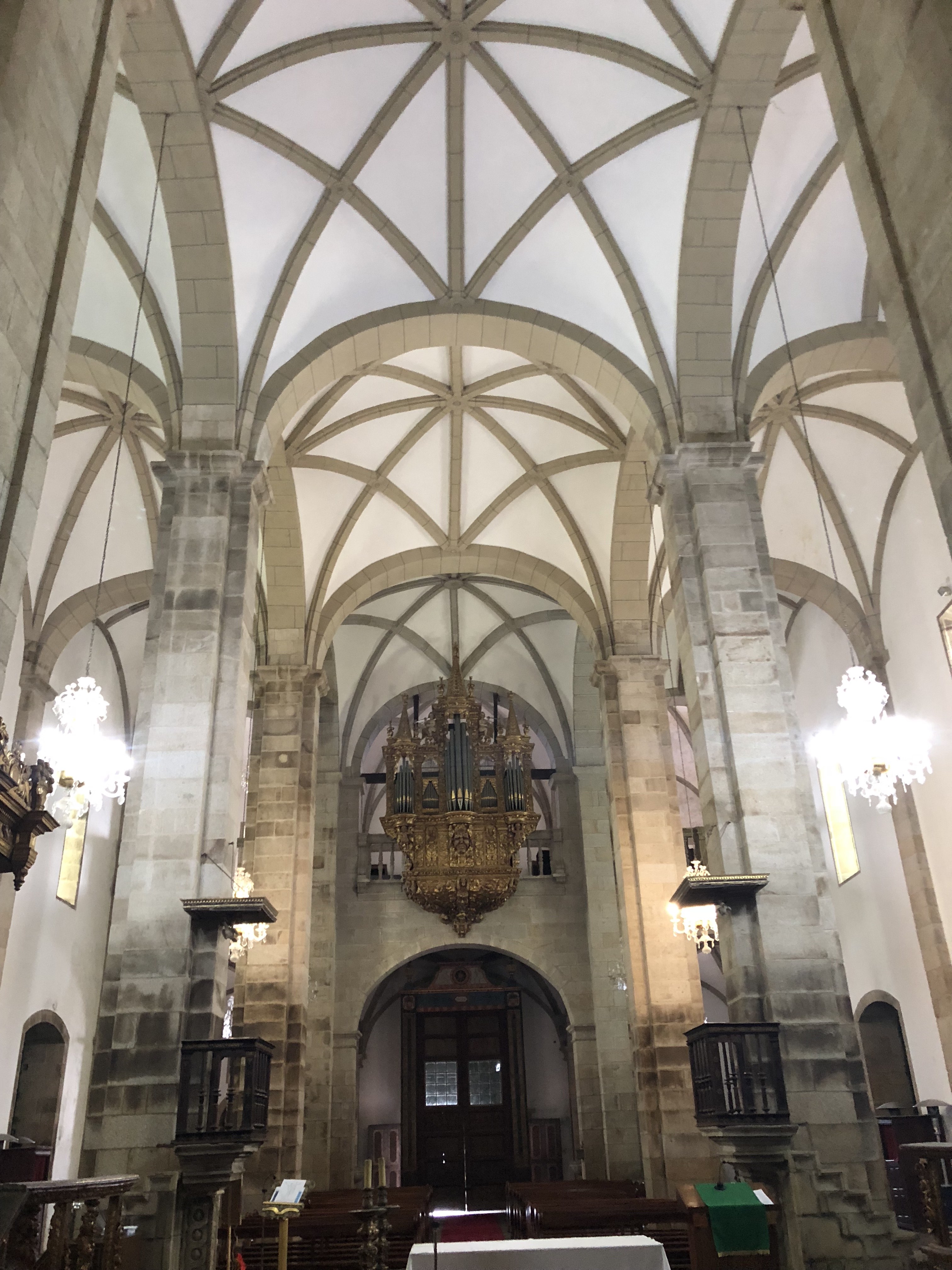
The Sage and I walked the walls of Miranda, no ninnying safety culture here.
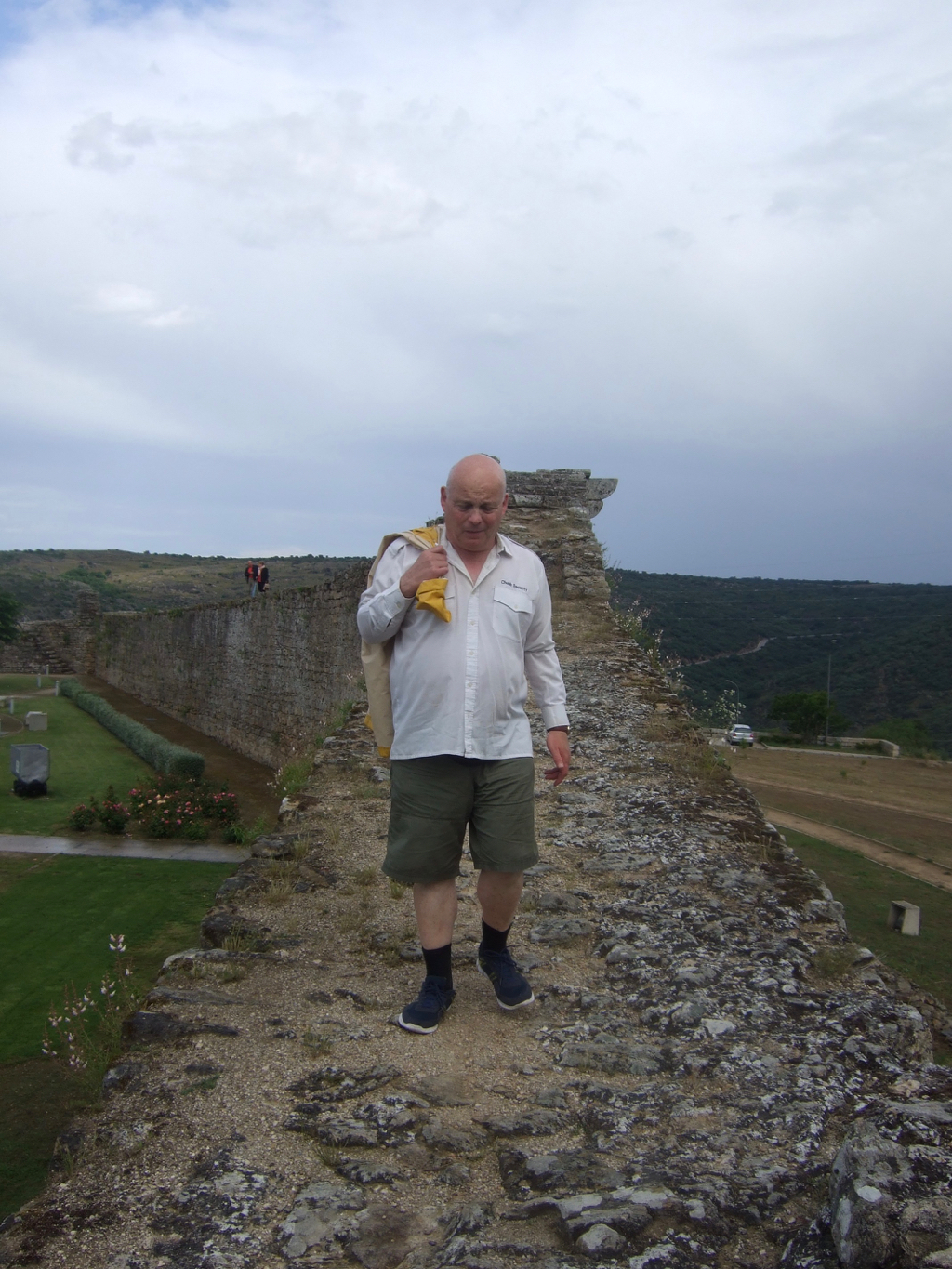
In Miranda stand the forlorn ruins of its castle. During the Seven Years War, in 1762, a fateful Spanish cannon shot hit the castle’s magazine. No chronicler recalls if Admiral Beatty had a distant forbear present, who might have muttered ‘There seems to be something wrong with our bloody castle today.’ after the tonnes of powder in the magazine went up, killing 400 people, destroying the castle and much of the city. The Bishop later moved his seat to Braganza, driving the town into a decline. The ‘Celtic’ culture thing carries on here, with a bar having a set of bagpipes on the wall, we pretended not to be interested and they kindly refrained from playing them.
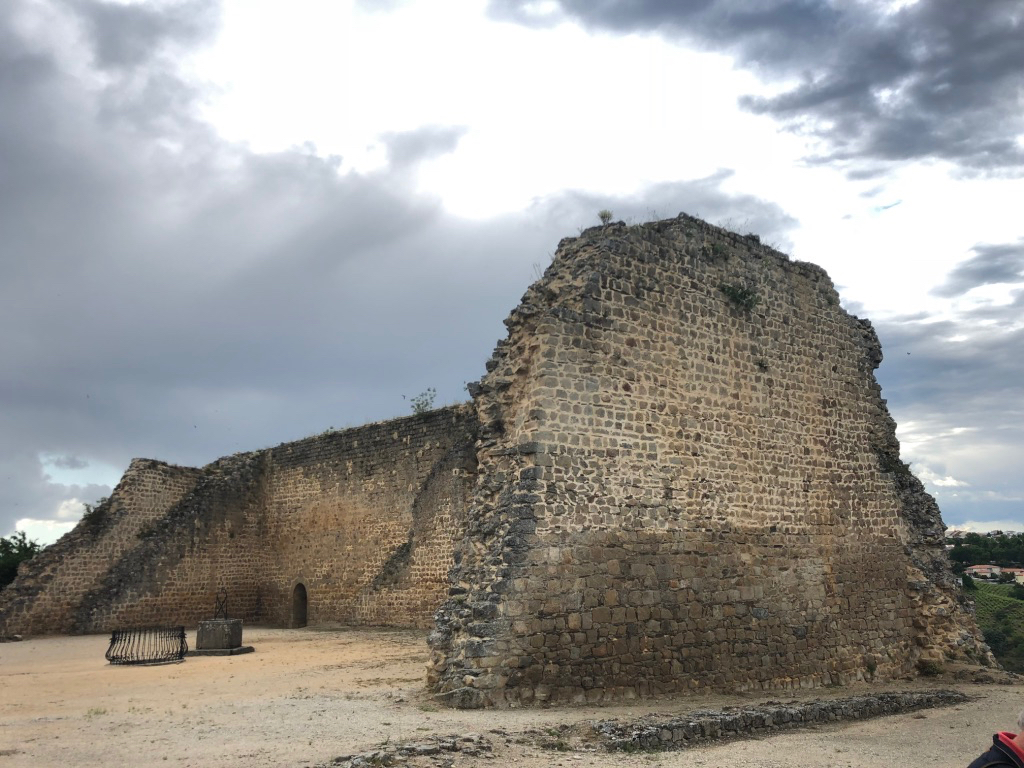
Back to Braganza for a tour of the town, and the fine castle. After dark, a Nightjar churred, as loud as a trendy bar in the citadel. Inside the castle, there is a military museum which covers the history of the Portuguese army up to WW1, with their light blue uniforms. The guide, who had the look of a former soldier, was a fine fellow, and was quite clear about the errors of the 1974 Revolution.
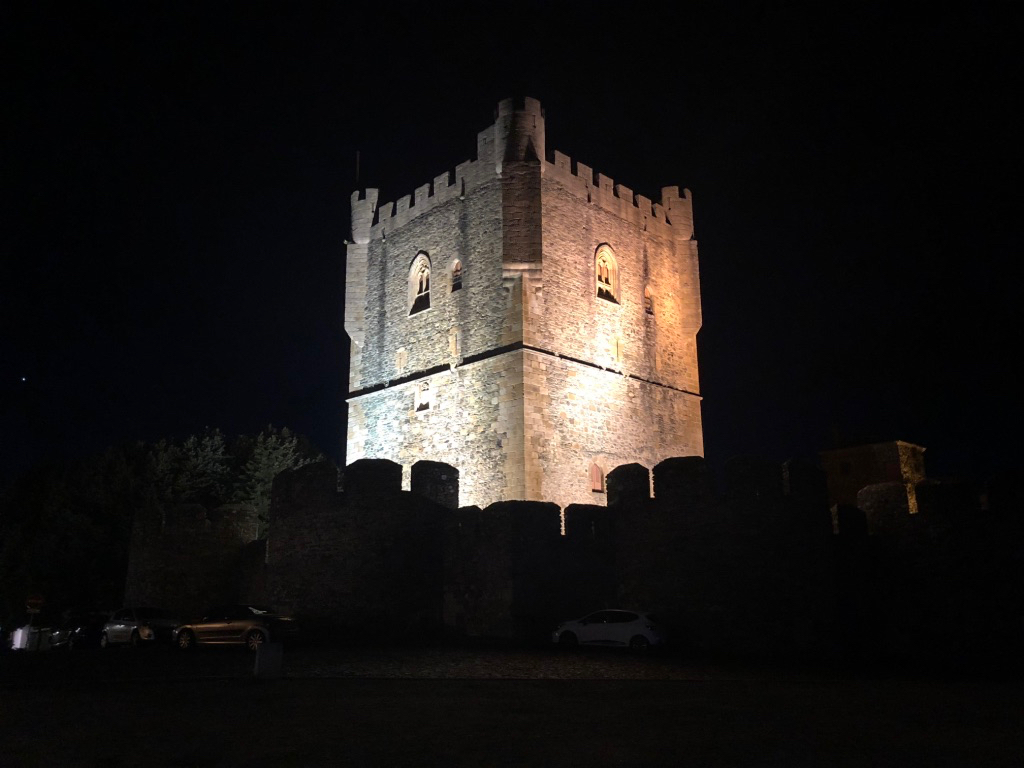
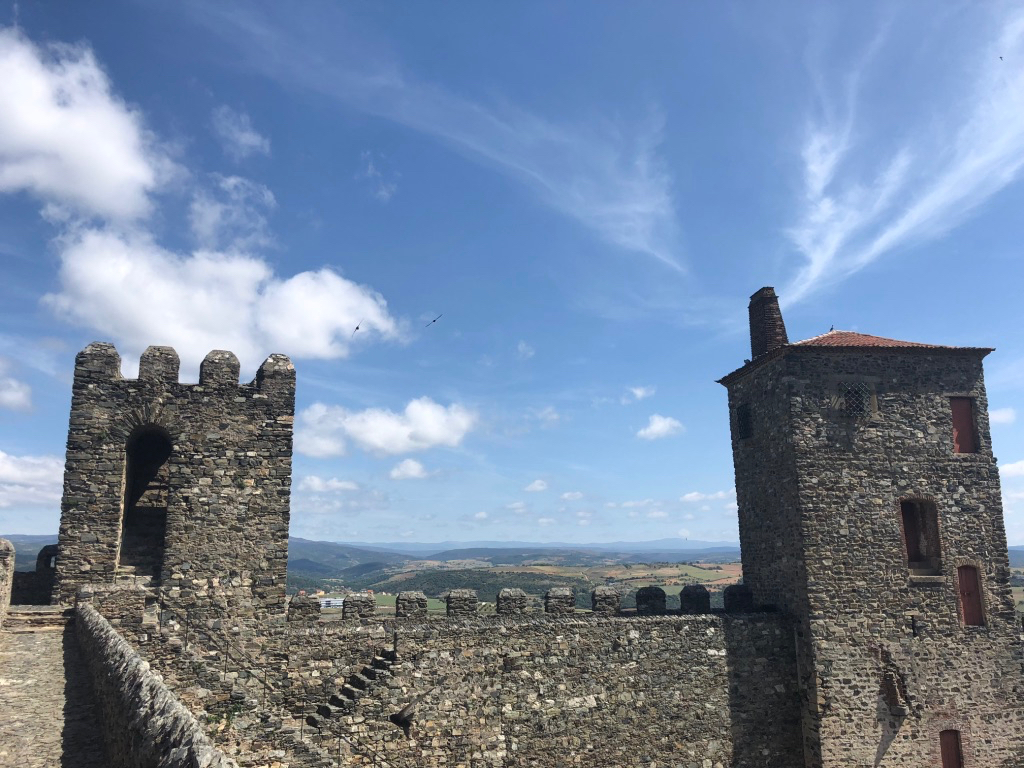
There is also a old building, the ‘Domus Municipalis‘, thought to be an old ‘Town Hall’ or cistern.
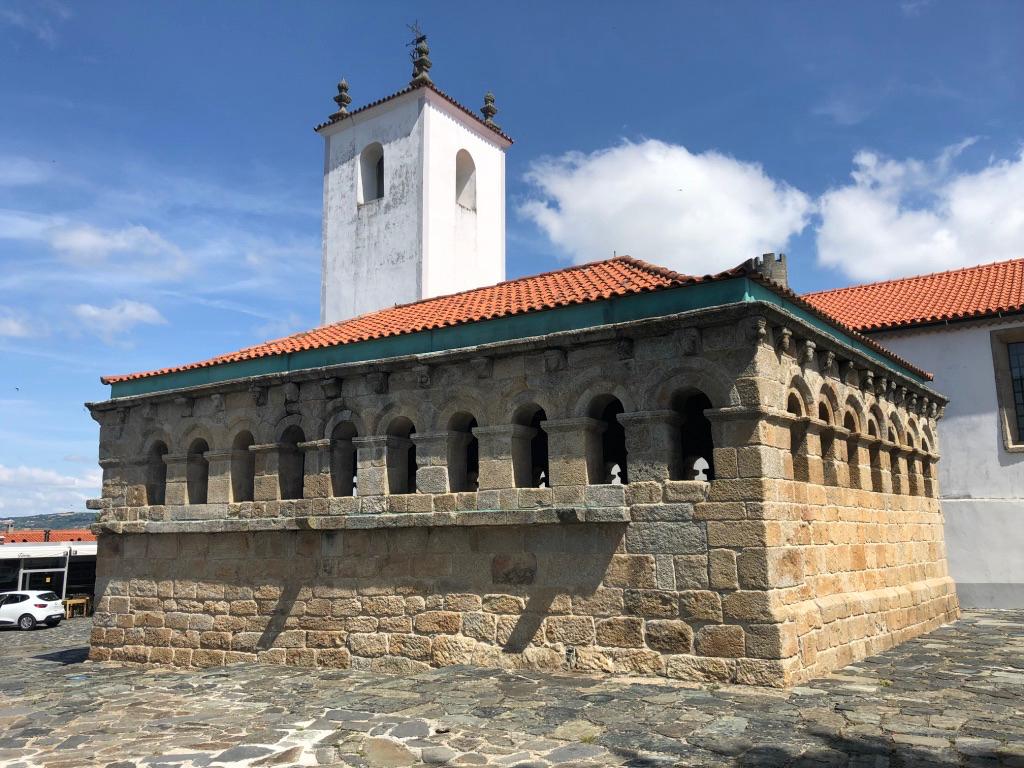
And here, may I, at the risk of breaching my Haig Convention, pay tribute to a Portuguese WW1 hero from round these parts, Aníbal Milhaês.
One of the quirks of modern Portugal seems to be an almost irresistible urge to pitch ugly sculpture on roundabouts. In Braganza, there is this:
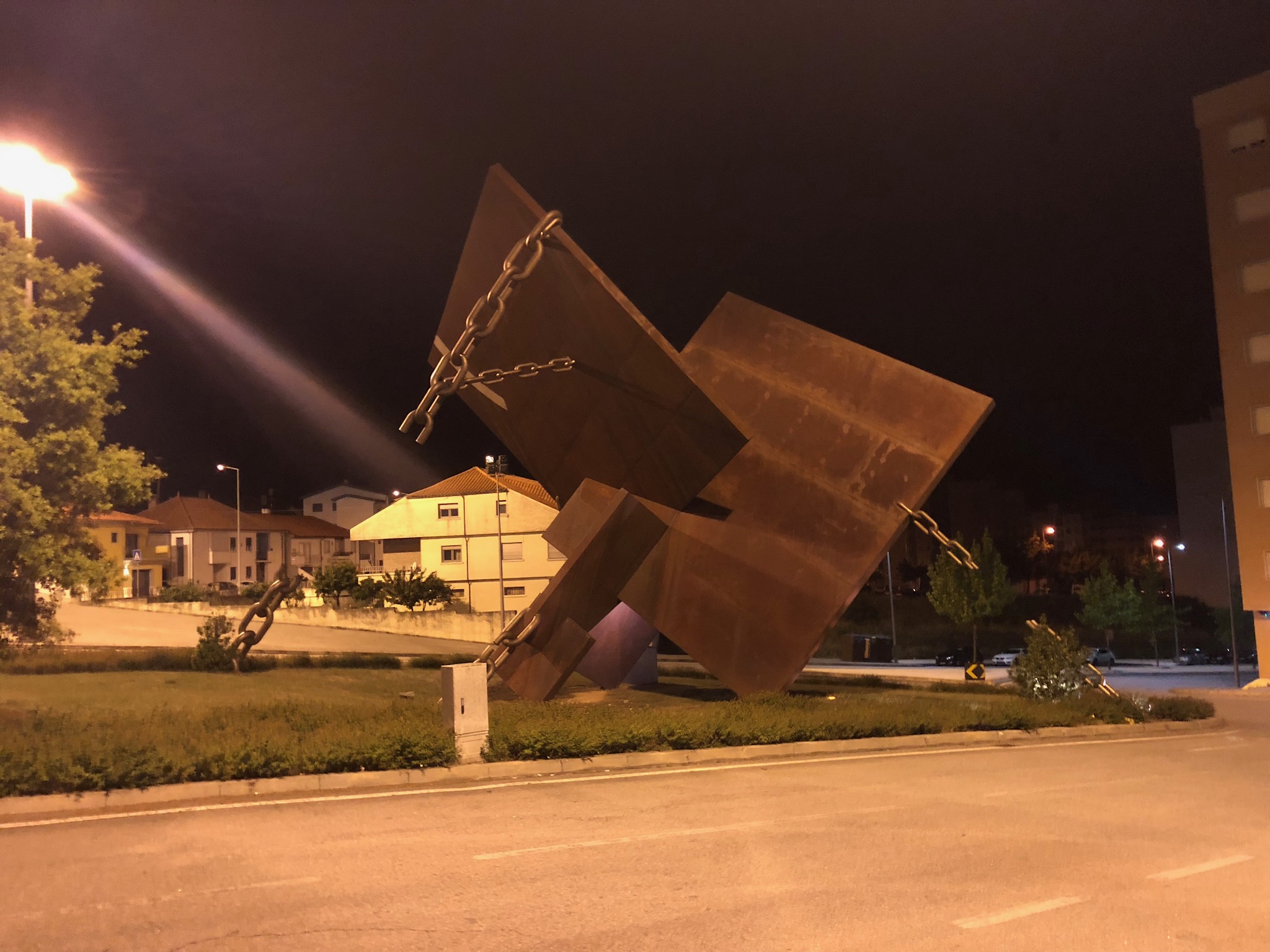
But down the road, a tribute to the local careto custom, whereby masked local peasant youths run amok in colourful costumes late on in the year.
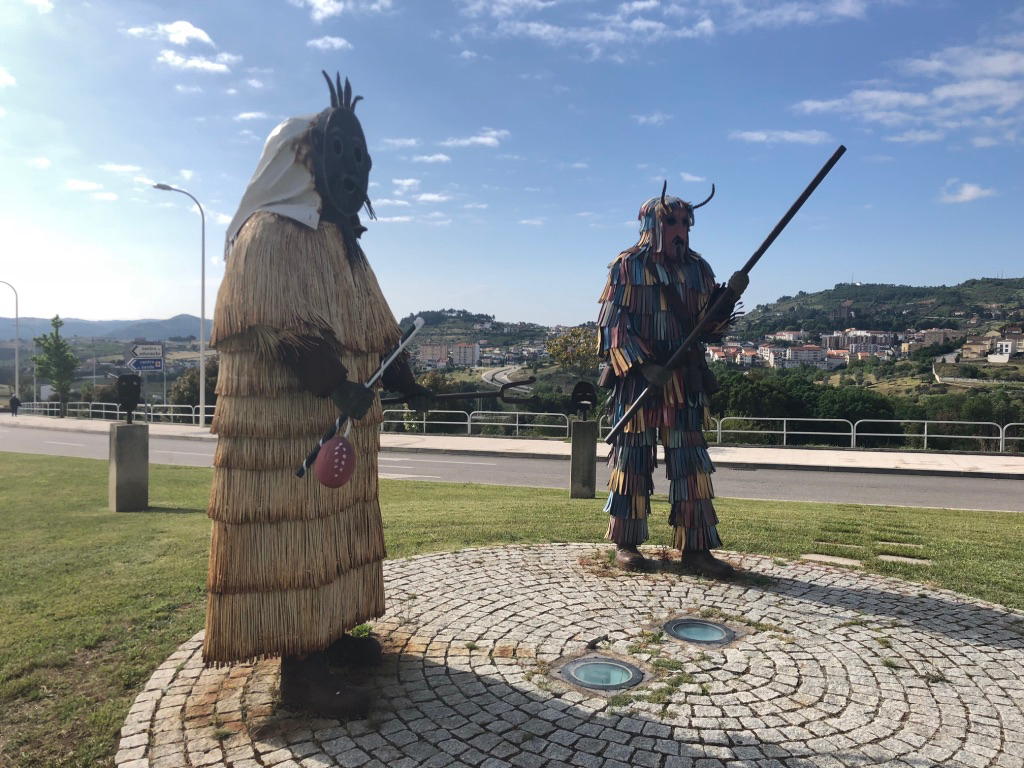
We leave Braganza by air, our devout Catholic taxi driver taking us to the aerodrome was quite dismissive of his southern fellow-countrymen. Flying over the Iberian Peninsula in a Dornier is something that you might associate with the Condor Legion, but in the present day, there is a useful service linking Braganza, Vila Real and Viseu with Lisbon (by an aerodrome at Cascais) and on to the Algarve. 8 passengers on the trip, and a fine view of northern Portugal. It is a government scheme, but by using it, we reduced the subsidy paid to the operator Sevenair, so propping up Portugal’s long-tottering finances.
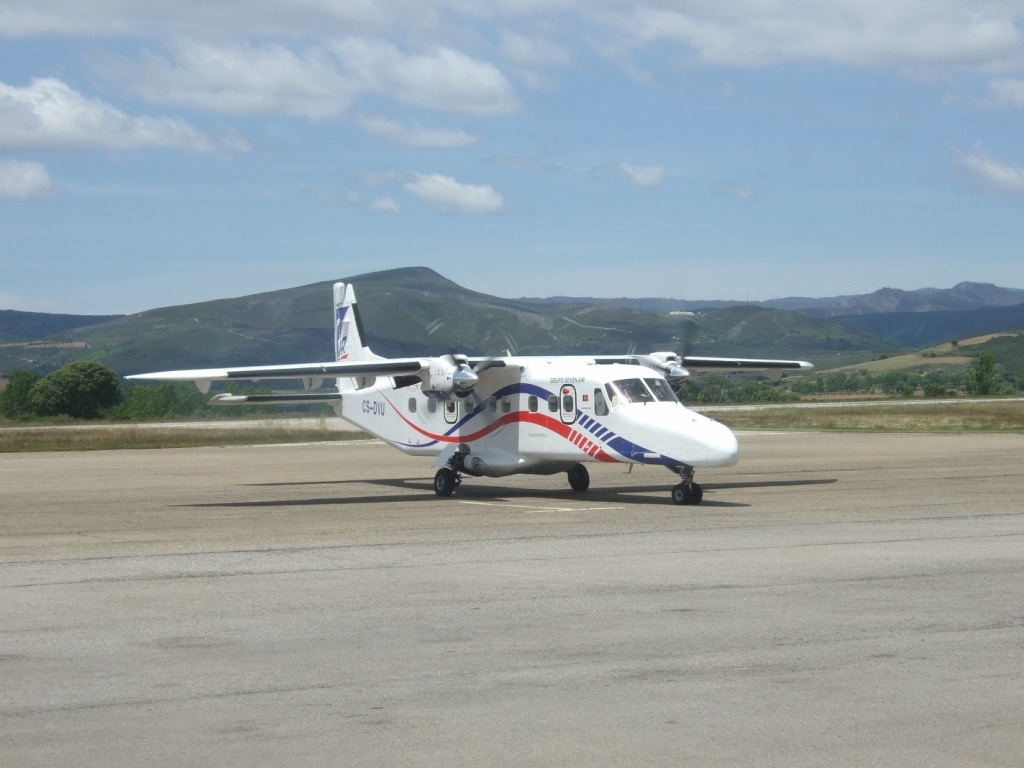
Onto Lisbon, a fine city: The imposing St. George’s Castle dominates the Low Town ‘Baixa’.
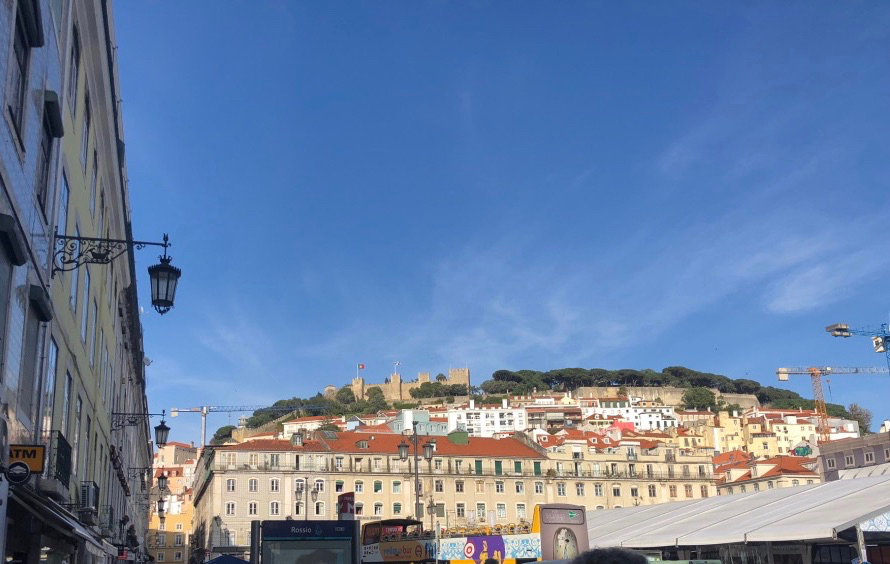
As a memorial to the 1755 Earthquake, the ruins of the Convent do Carmo. One might wonder if His Lusitanian Majesty might have muttered, that fateful All Saints Day ‘There seems to be something wrong with our bloody capital today.’.
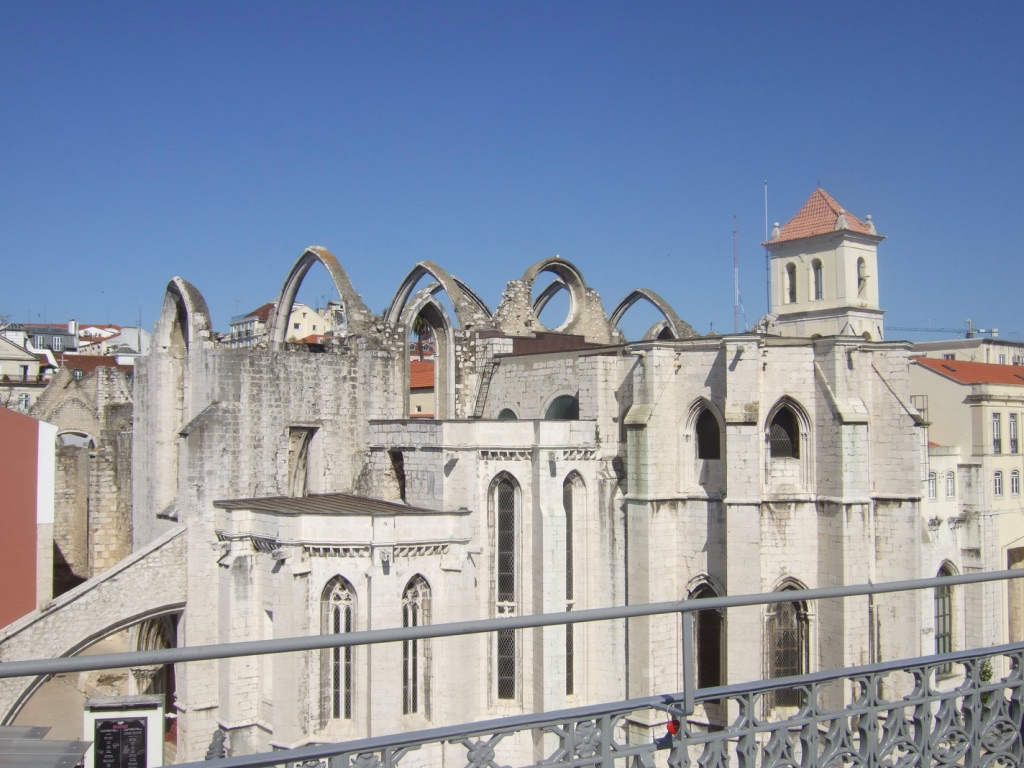
Actually there are an awful lot of crumbling buildings in Lisbon, with its history of rent control. Right next to the Parliament (the Assembly of the Republic), there are ruins with graffiti.

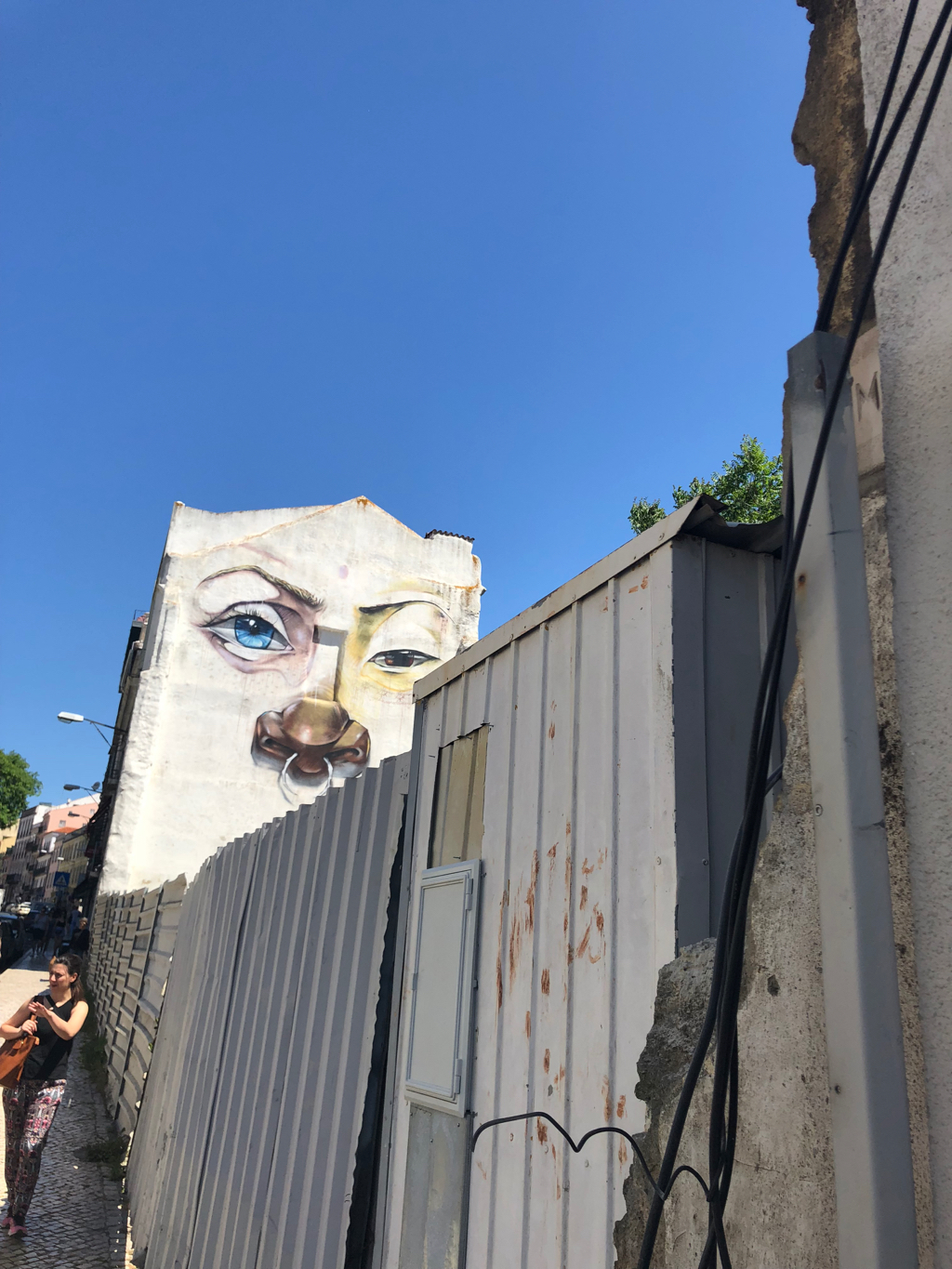
My favourite shop: Founded on 14th July 1789, (happy anniversary) co-indientally during some unpleasantness in France that would eventually reach even here, it sells candles, and is still going strong. It supplies the many churches in Lisbon.
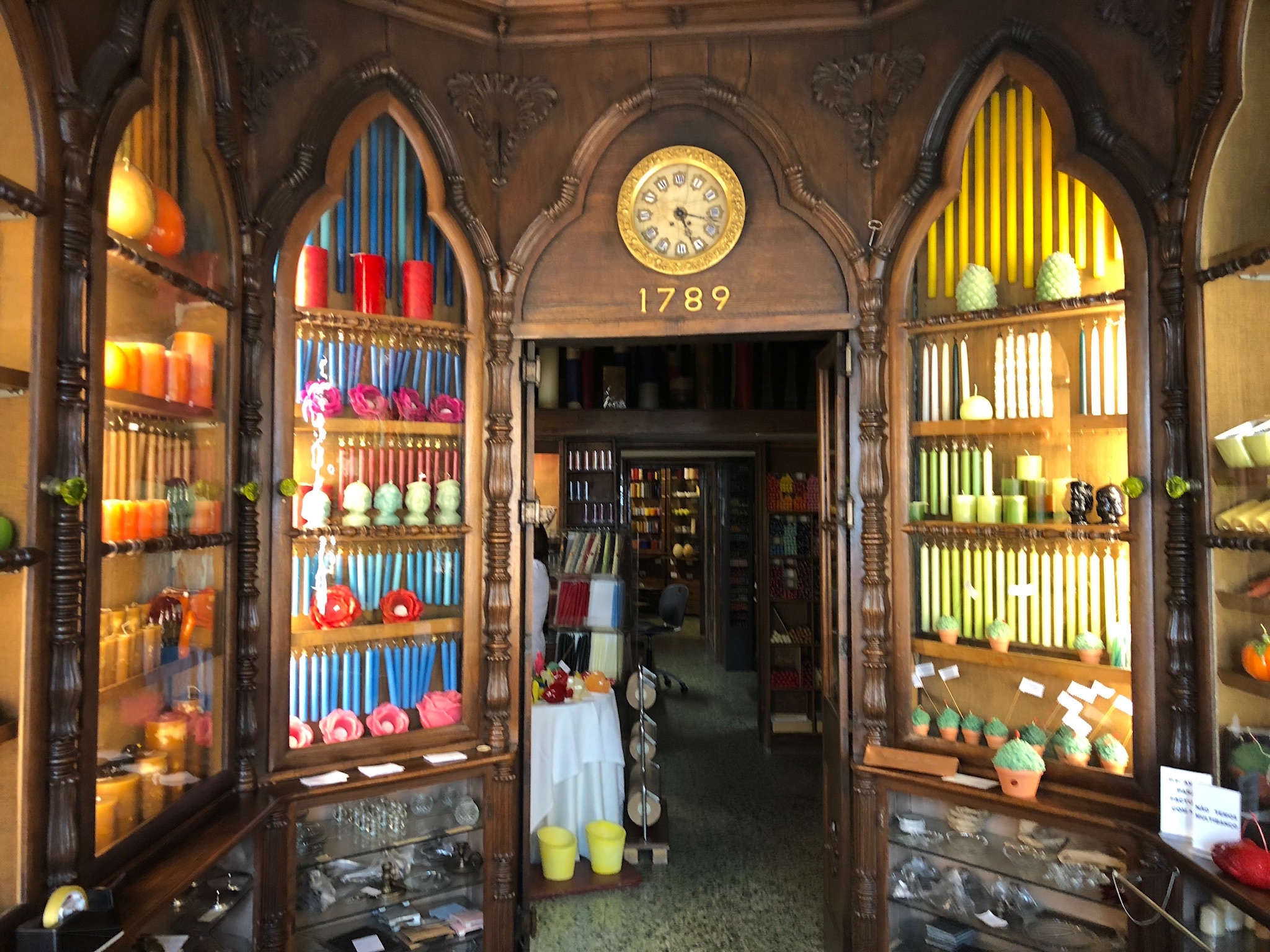
Lisbon has trams, and also fixed trams as ‘elevators’, nice when not covered with grafitti.
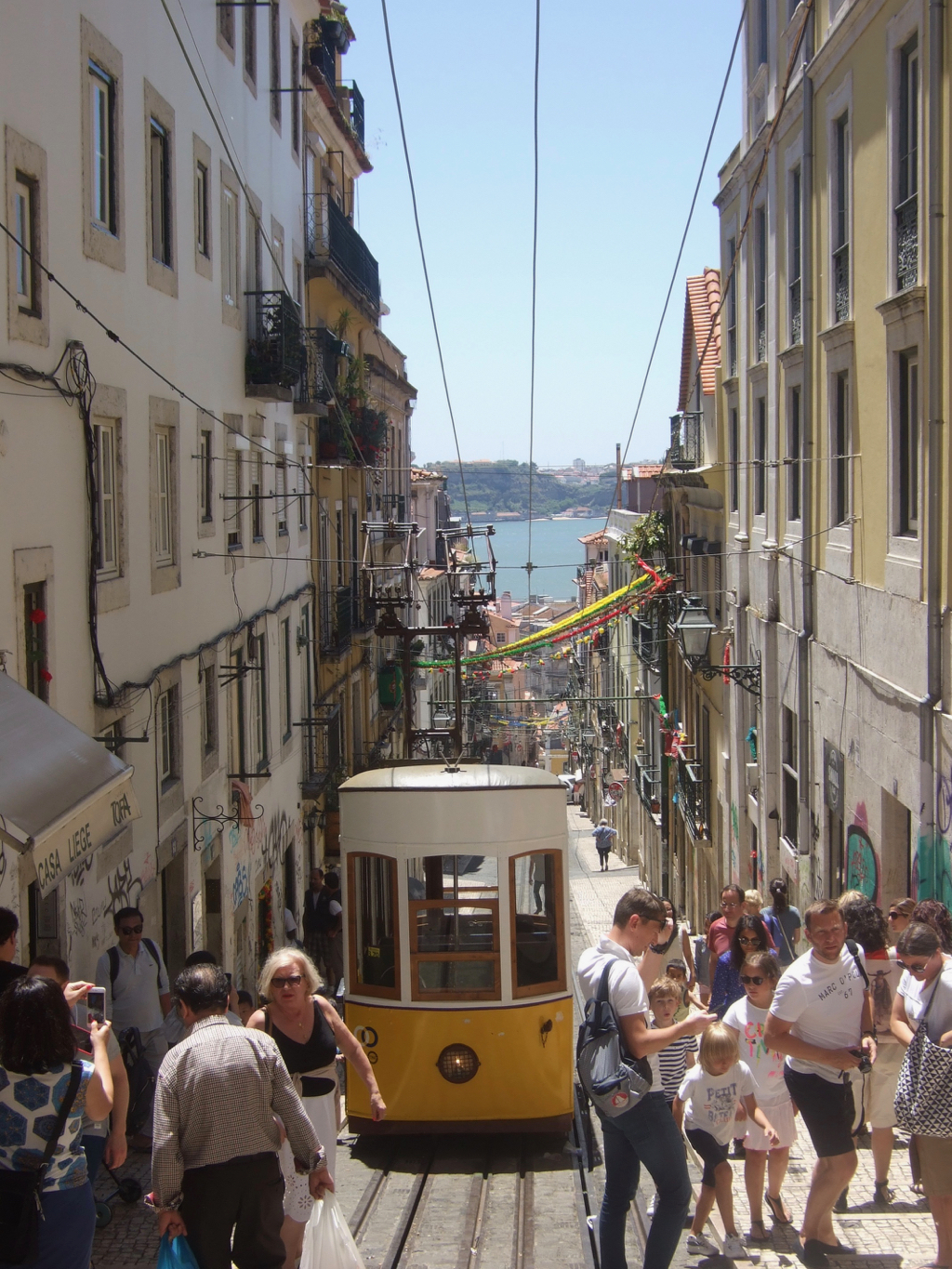
At Belém, the western end of Lisbon, the Convent of Jerónimo (he got about a bit) where the latest Lisbon Treaty was signed.
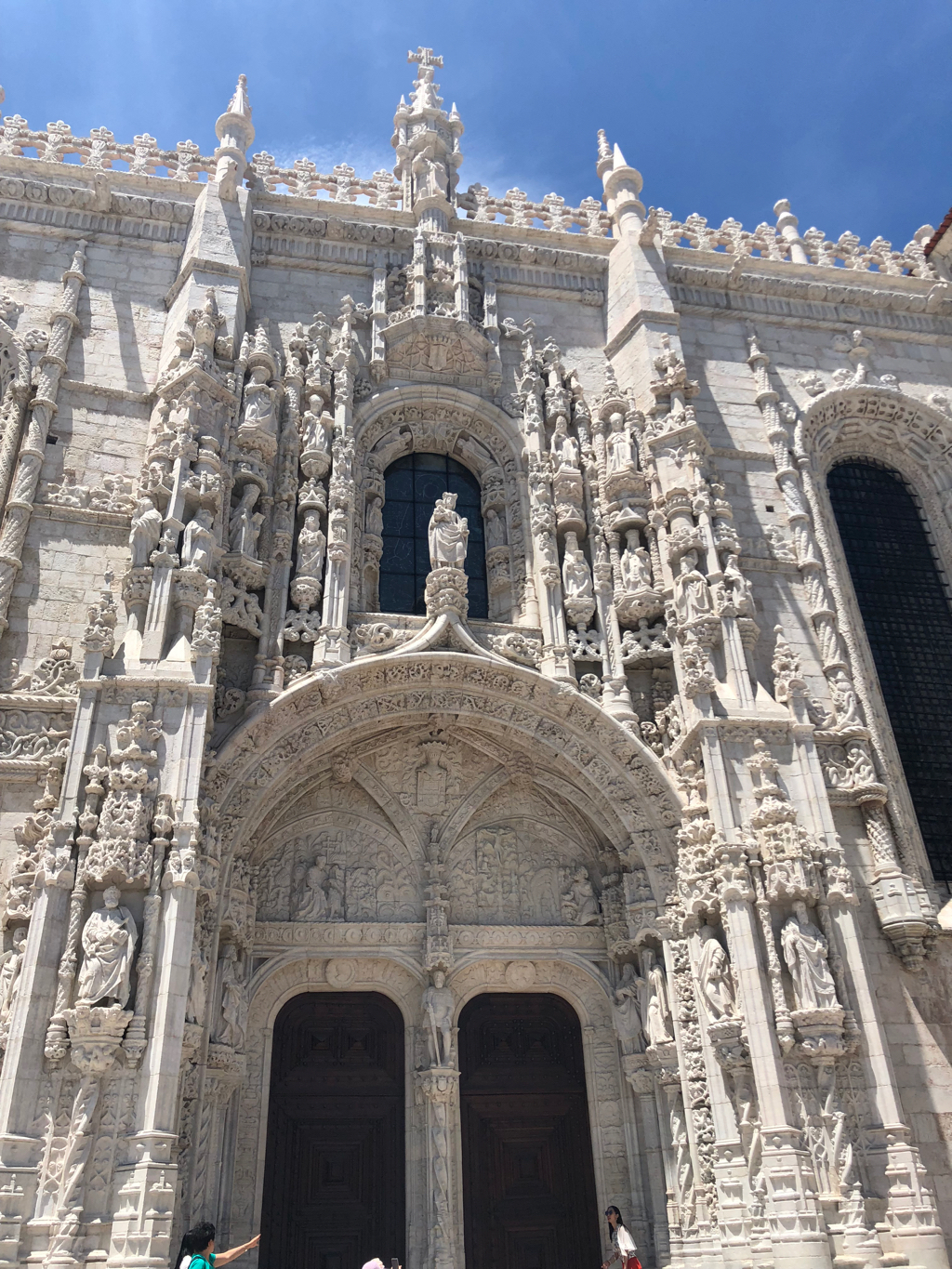
And the Tower in the river.
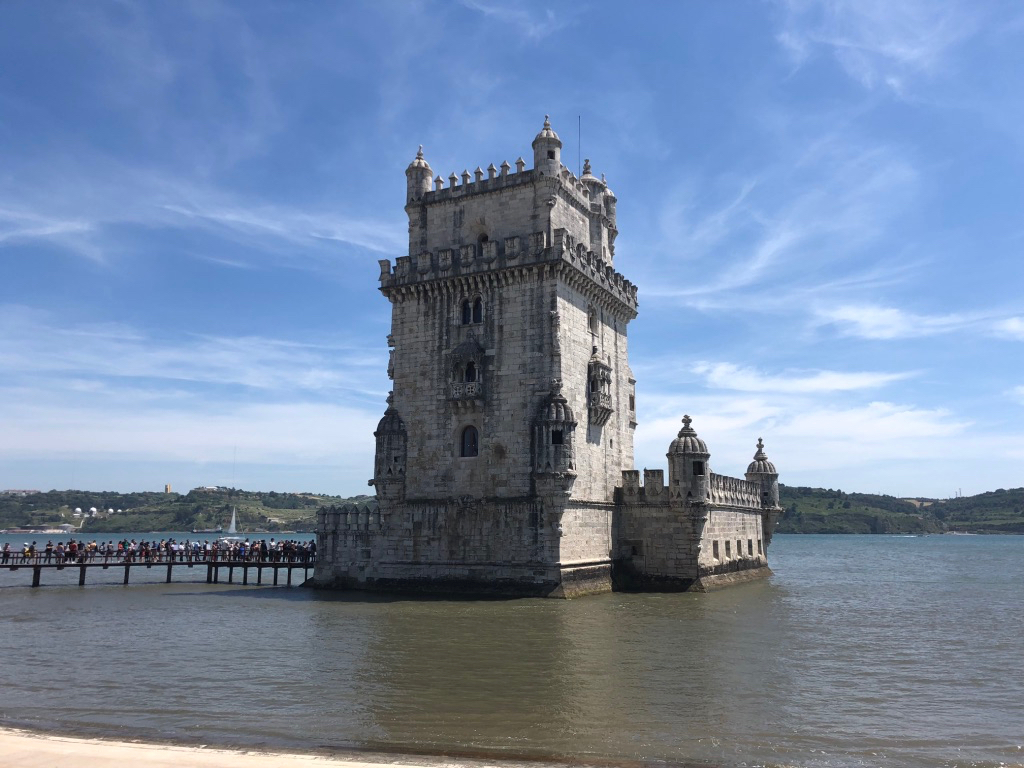
We also saw an interesting ‘touristic’ offer (‘touristic’ is a strange word, only ever used outside the UK AFAIK but of the English language).
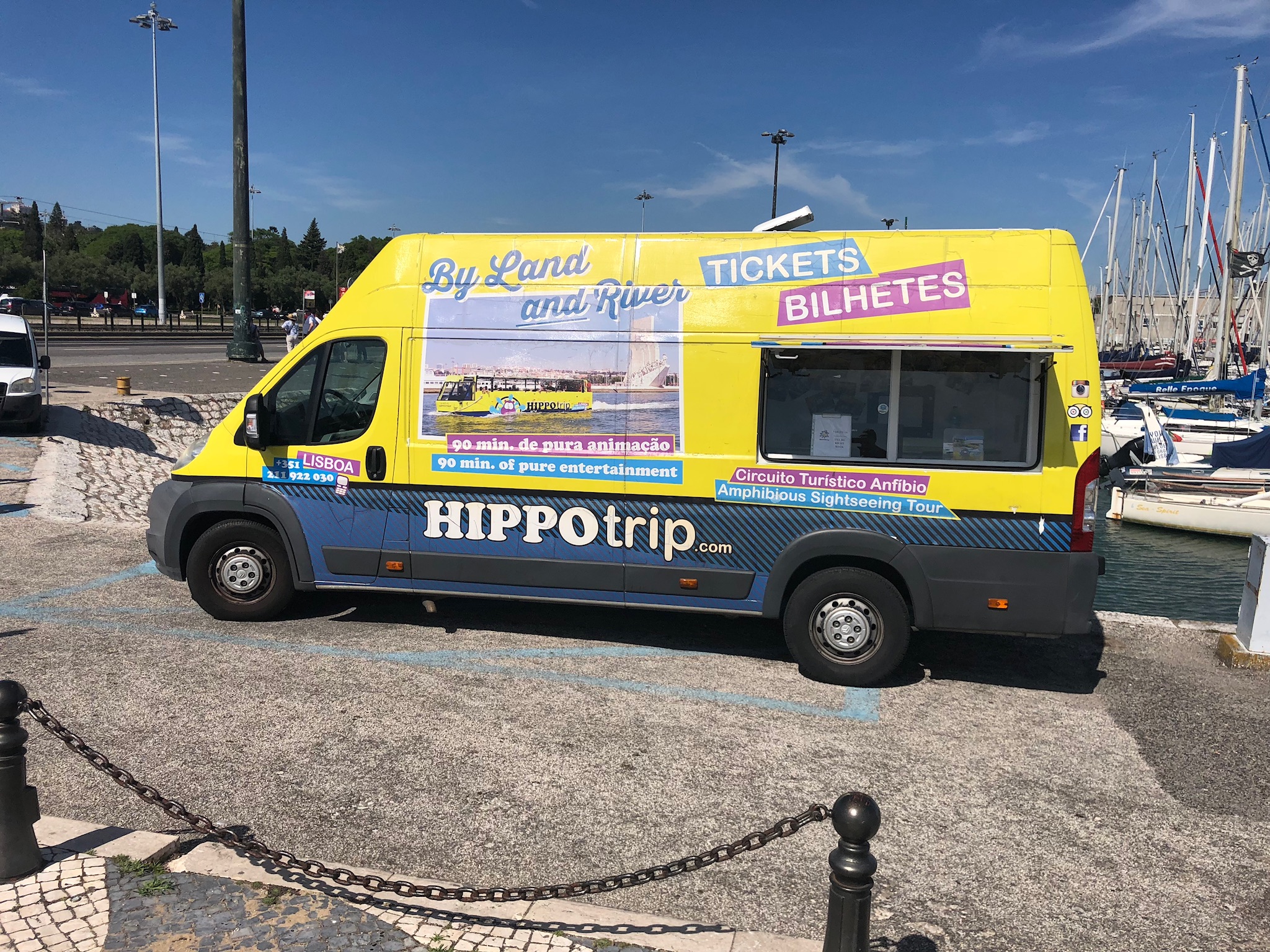
The 1960s Monument to the Discoveries, note the sword. For €5, fine view from the top, with the Ponte 25 Abril (the bridge formerly known as ‘Salazar’) and the statue of Cristo Rei, formerly known as Tony Blair (sorry, too much Port).

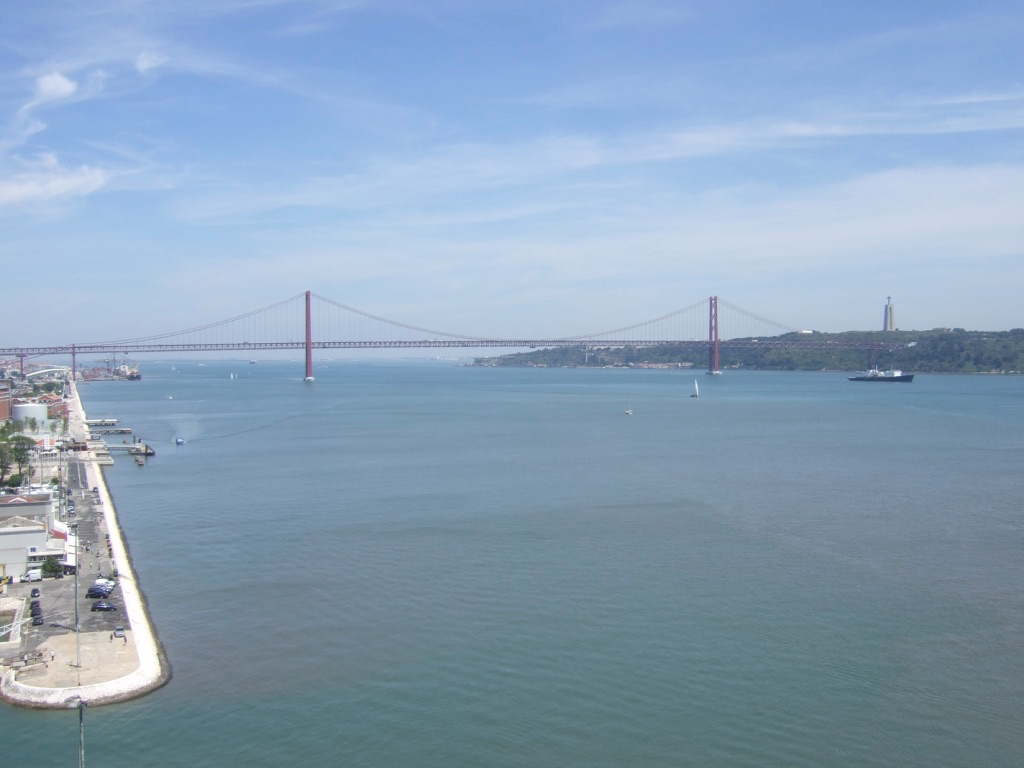
An excursion to Sintra, Portugal’s Windsor, (unless you are Canadian) up on a Serra to the west of Lisbon and a break from the heat and sun, the sea mists rolled in to obscure our view of the world’s tackiest castle, the Palace of Pena. In the town itself, which appears to be a Victorian-era fantasy land, a tour of the delightful and tasteful National Palace, the Hall of Swans.
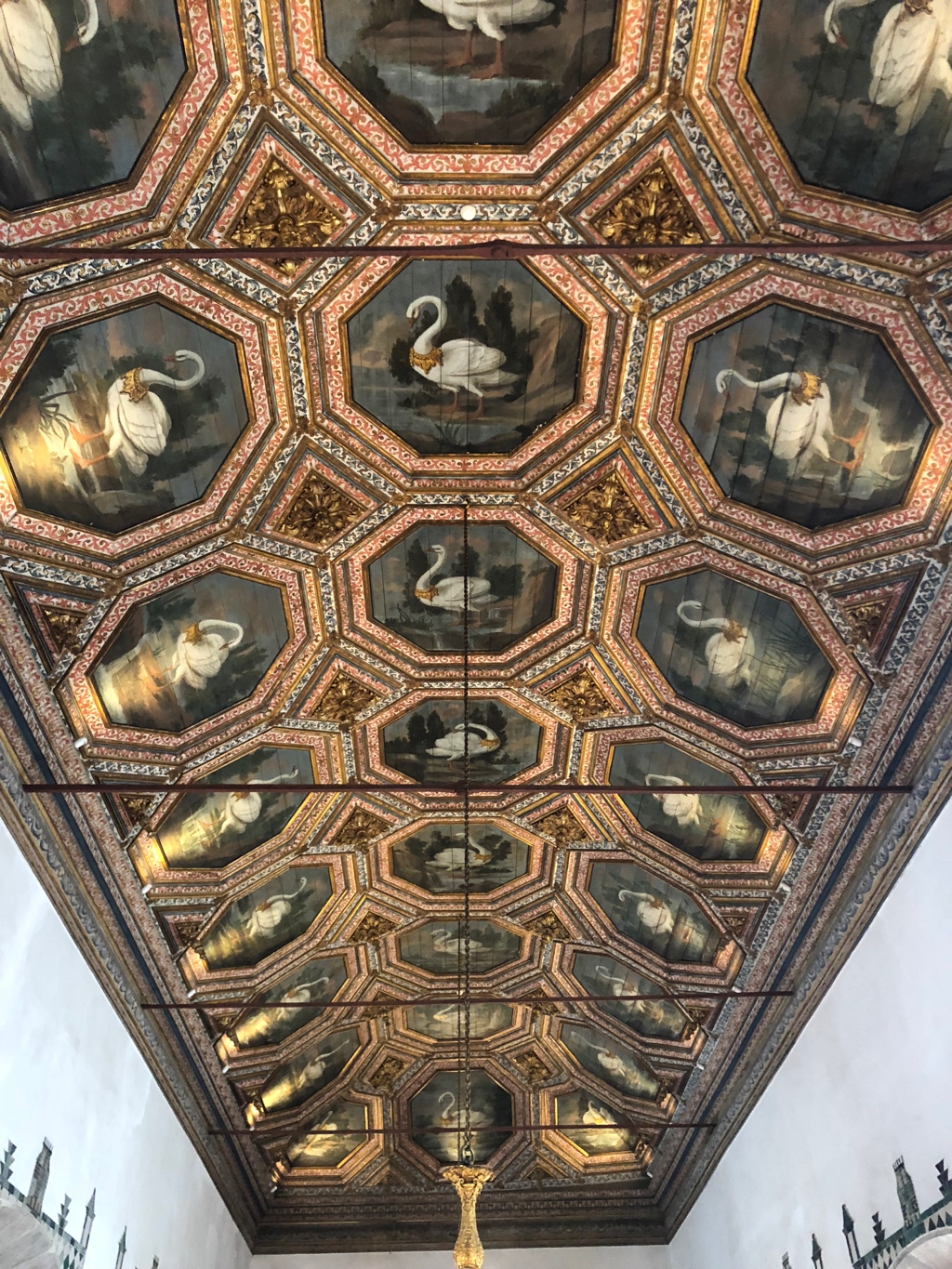
And Sintra Town Hall:
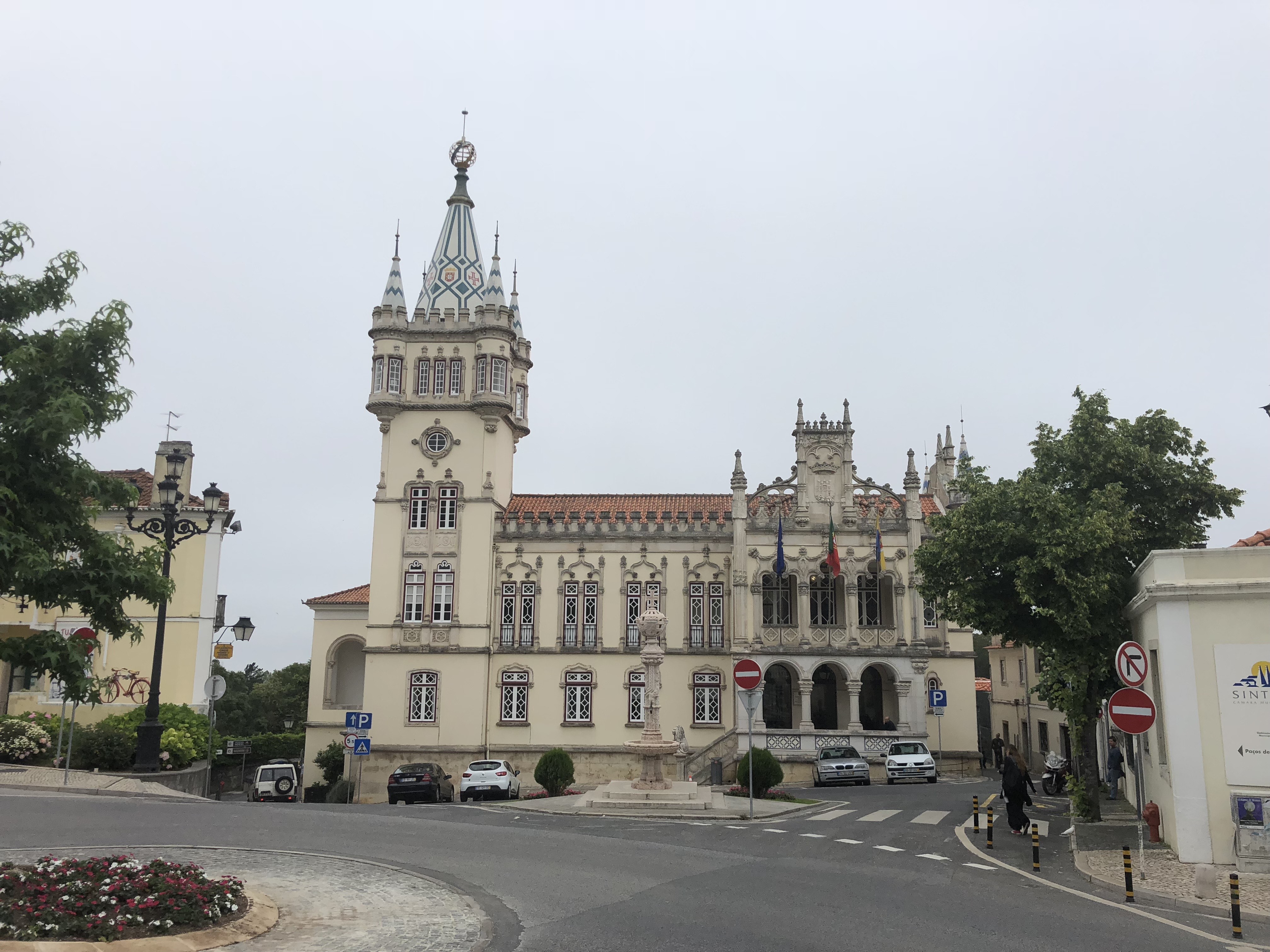
We had a fantastic walk up the wooded hillside to the Castle of the Moors (not much of a lookout point if the weather was anything to go by), the Moors surrendered when Lisbon was recovered in 1147.
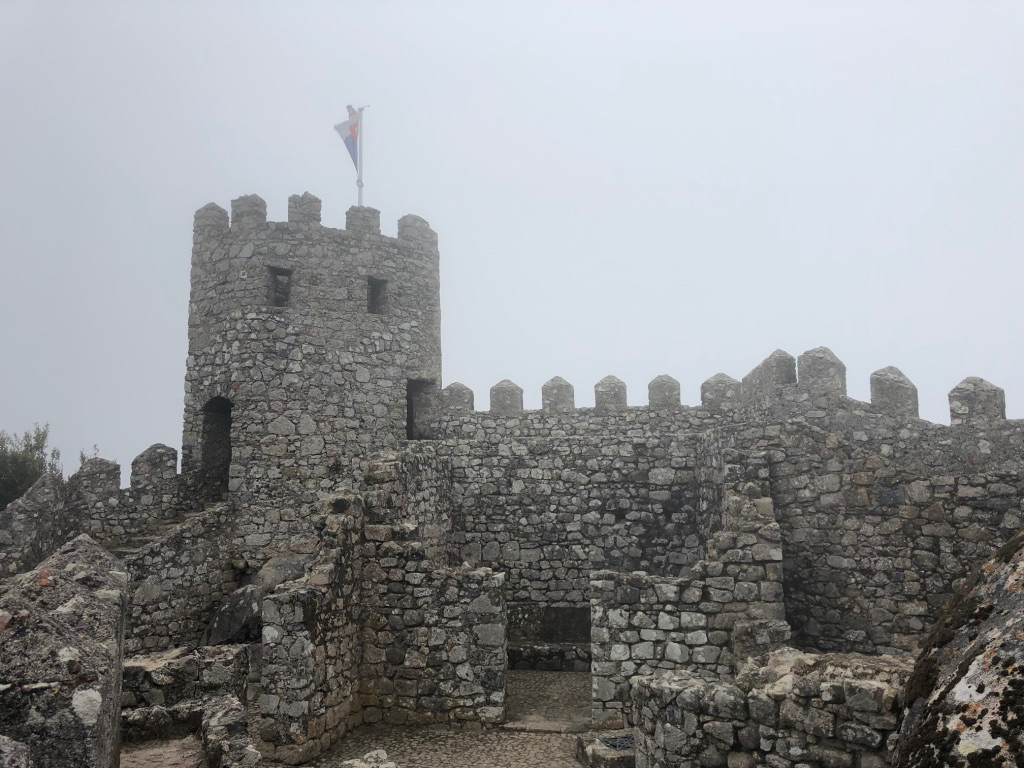
And if Ents do exist, they would probably like Sintra.
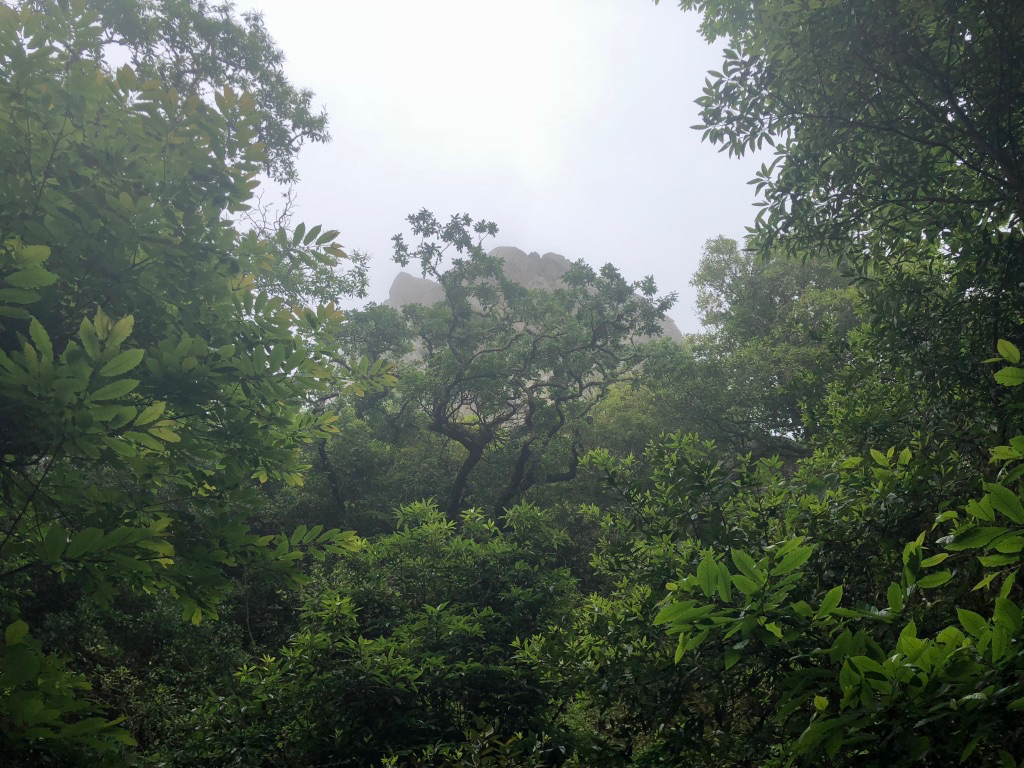
In the heart of Lisbon, a transmontana restaurant, for lunch, with a fine ‘Posta mirandesa’ steak for 2 for 20 Euros (roast potatoes and cabbage included), how bad of me to eat it all myself. The Sage had an alheira sausage. A glass of wine, €2. The careto mask in the doorway was the subtle sign.
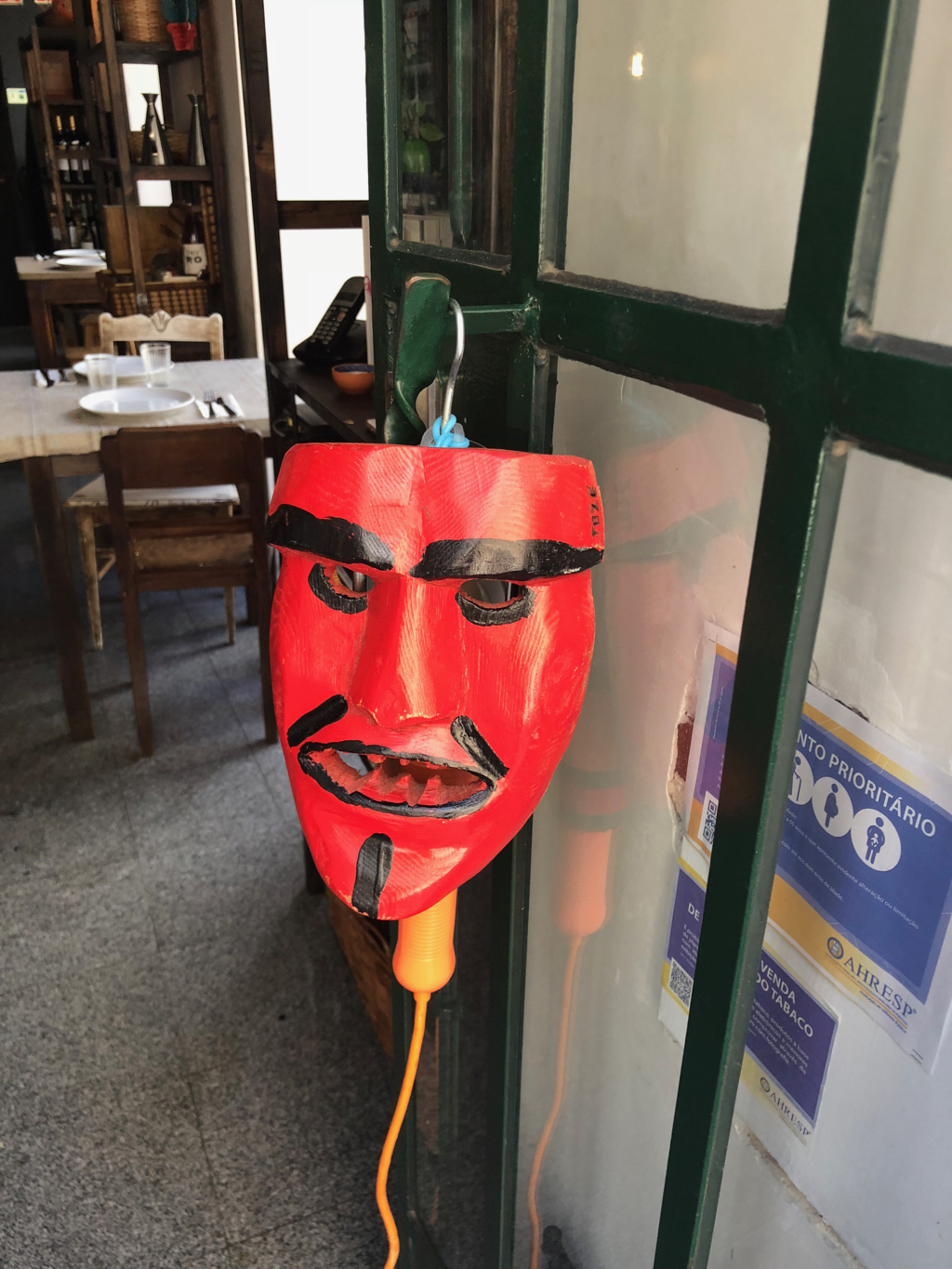
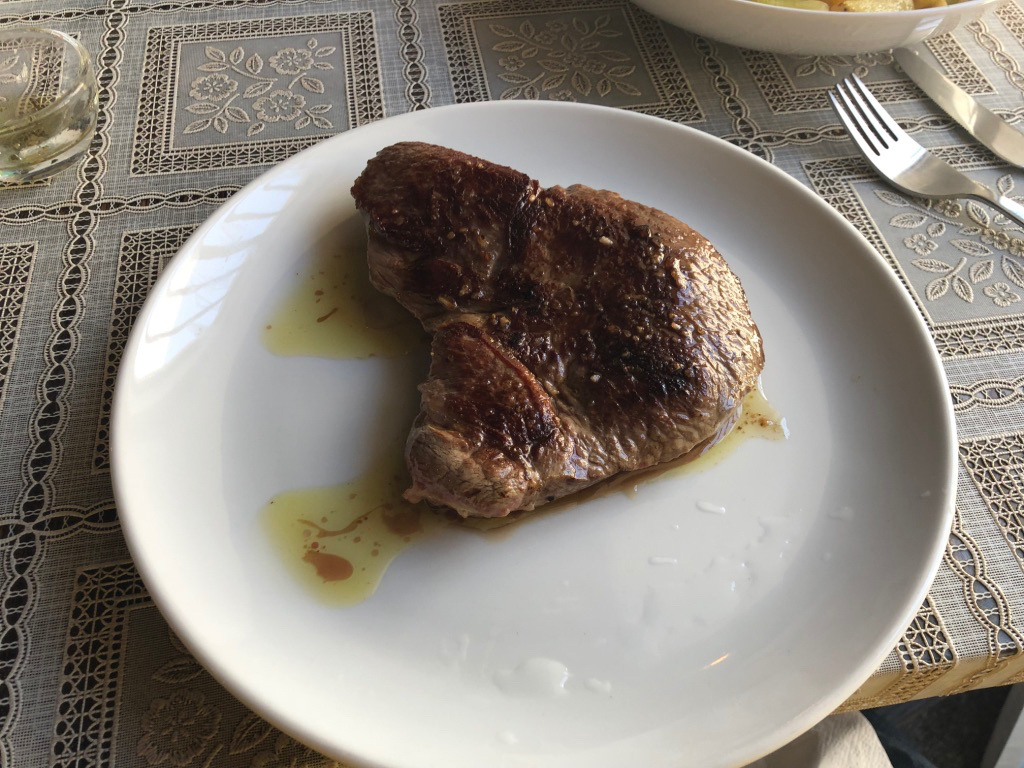
There are many fine churches in Lisbon.
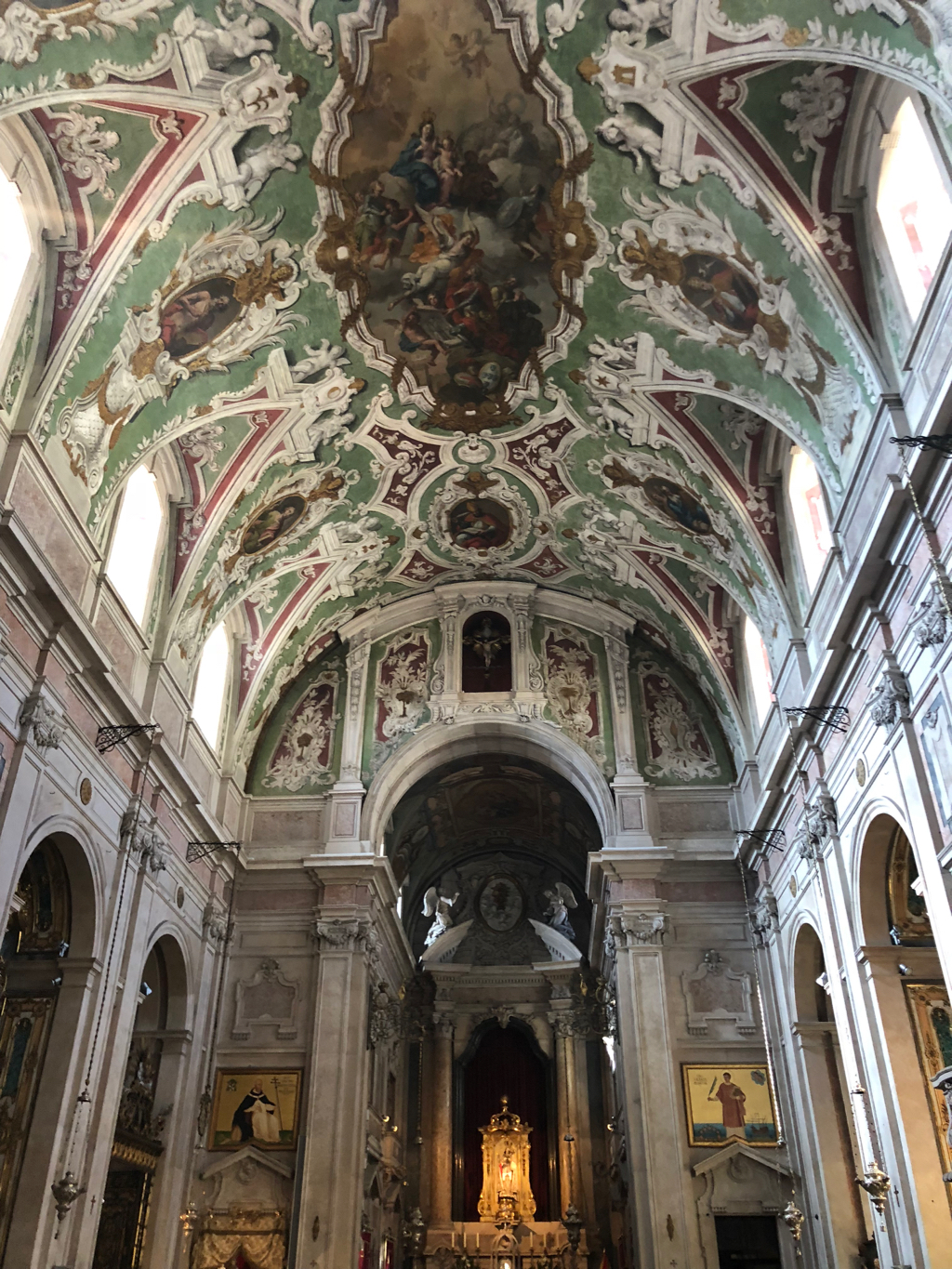
And azulejos abound:
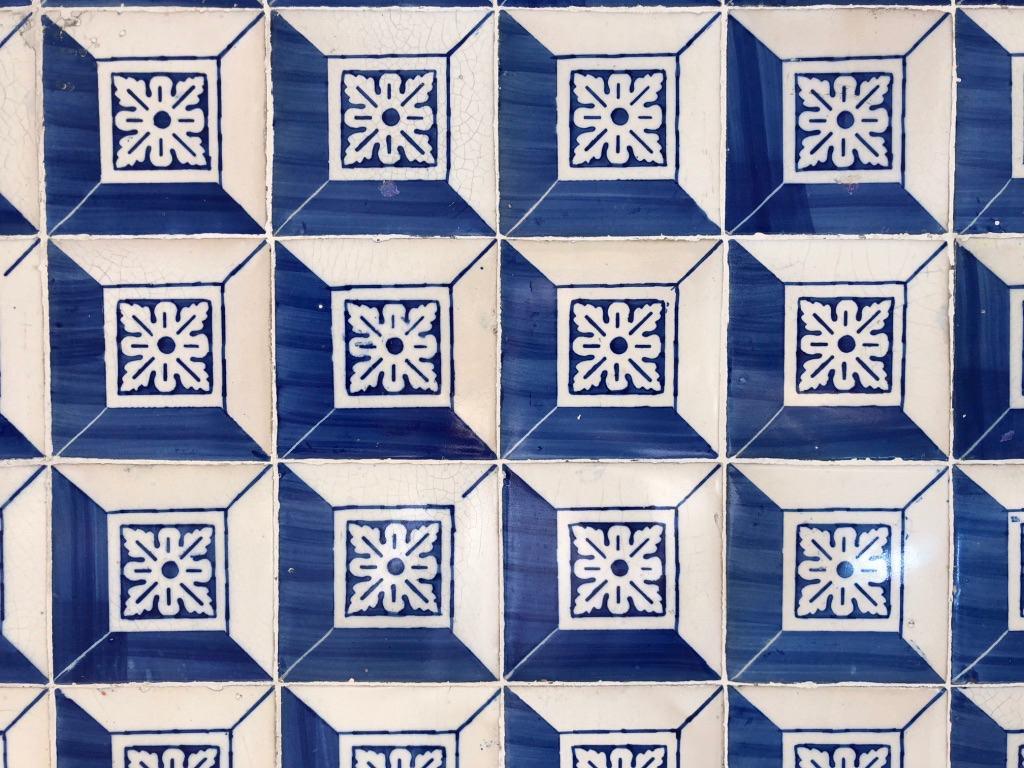
And nice pavement tiling:

In the Church of São Roque, the tomb of an eminent legal philosopher, Francisco Suárez https://en.wikipedia.org/wiki/Francisco_Suárez of Salamanca are interred. He died in Lisbon and so never made it back to Salamanca.
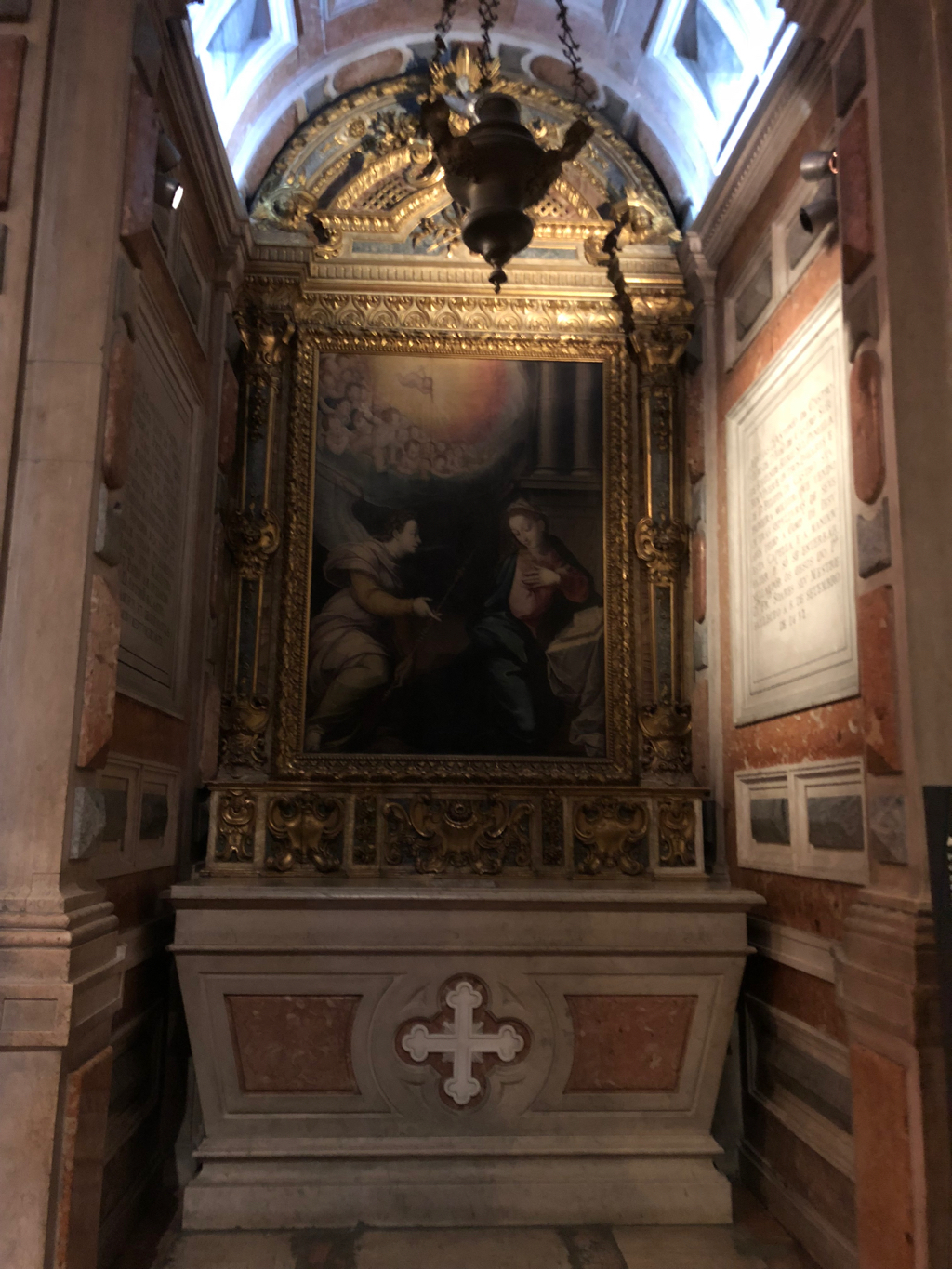
The museum, a snip at €2.50 has some amazing artefacts, and the church has some fine tiles.

A cultural highlight, a Dutch choir singing in the Italian church in the Chiado district, we attended the concert, along with the Dutch Ambassador, and about 25 others.
A trip up the Santa Justa Elevator, a fine Victorian iron job, gives a fine view over the Marquês de Pombal’s Low Town ‘Baixa’, reconstructed after the 1755 earthquake, and of the Tagus.
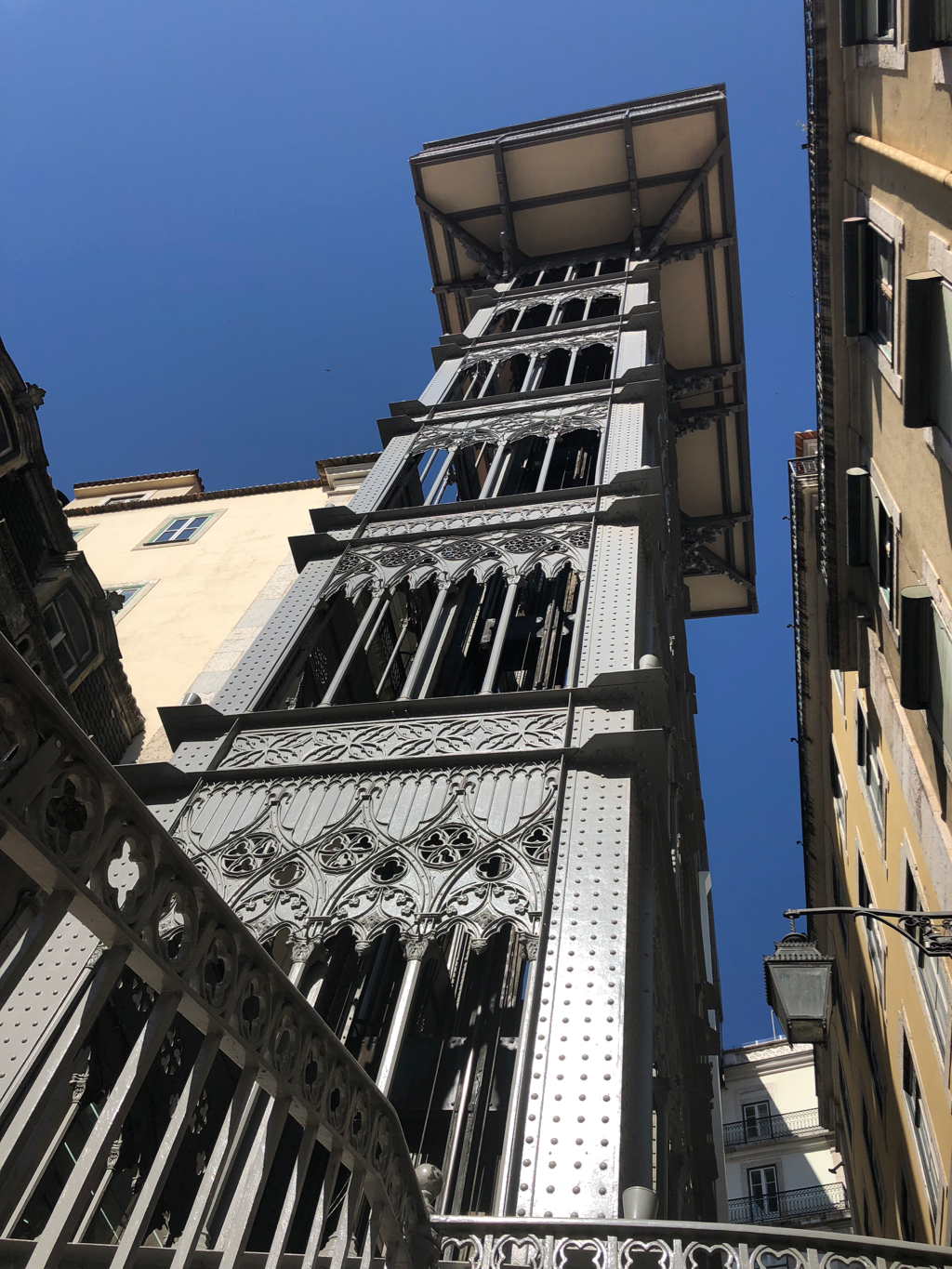
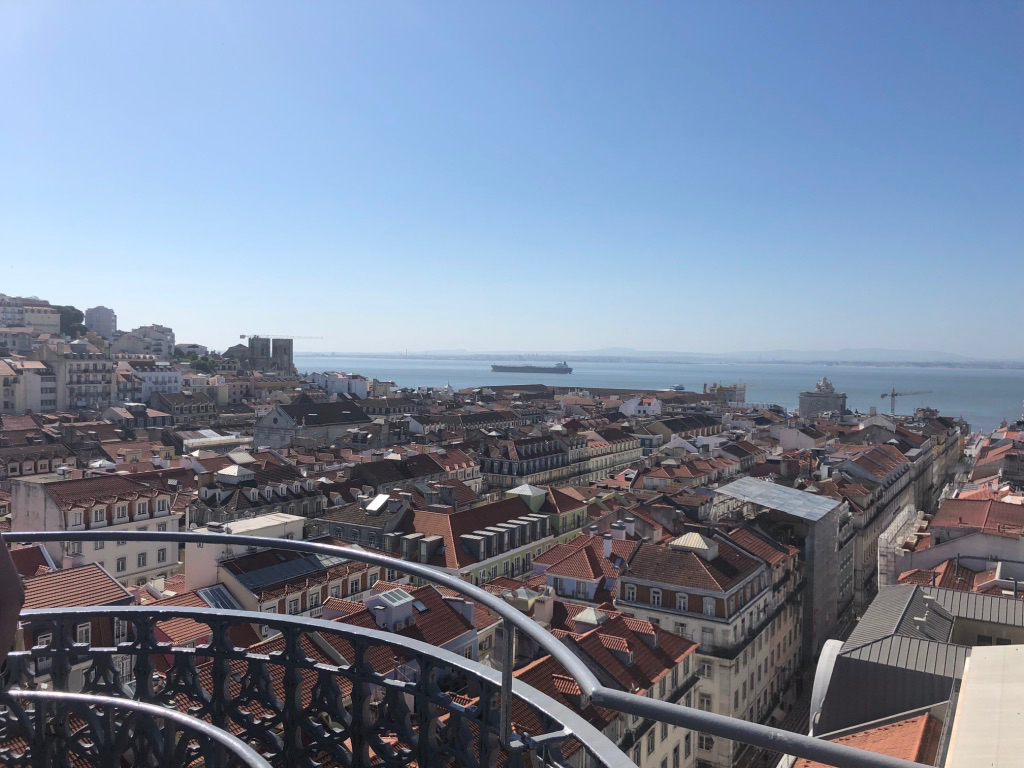
And a final sight, the wondrous ‘get-it-done’ approach to works, with this lorry chocked up on a steep Lisbon street, the only request not to walk beneath the operations.
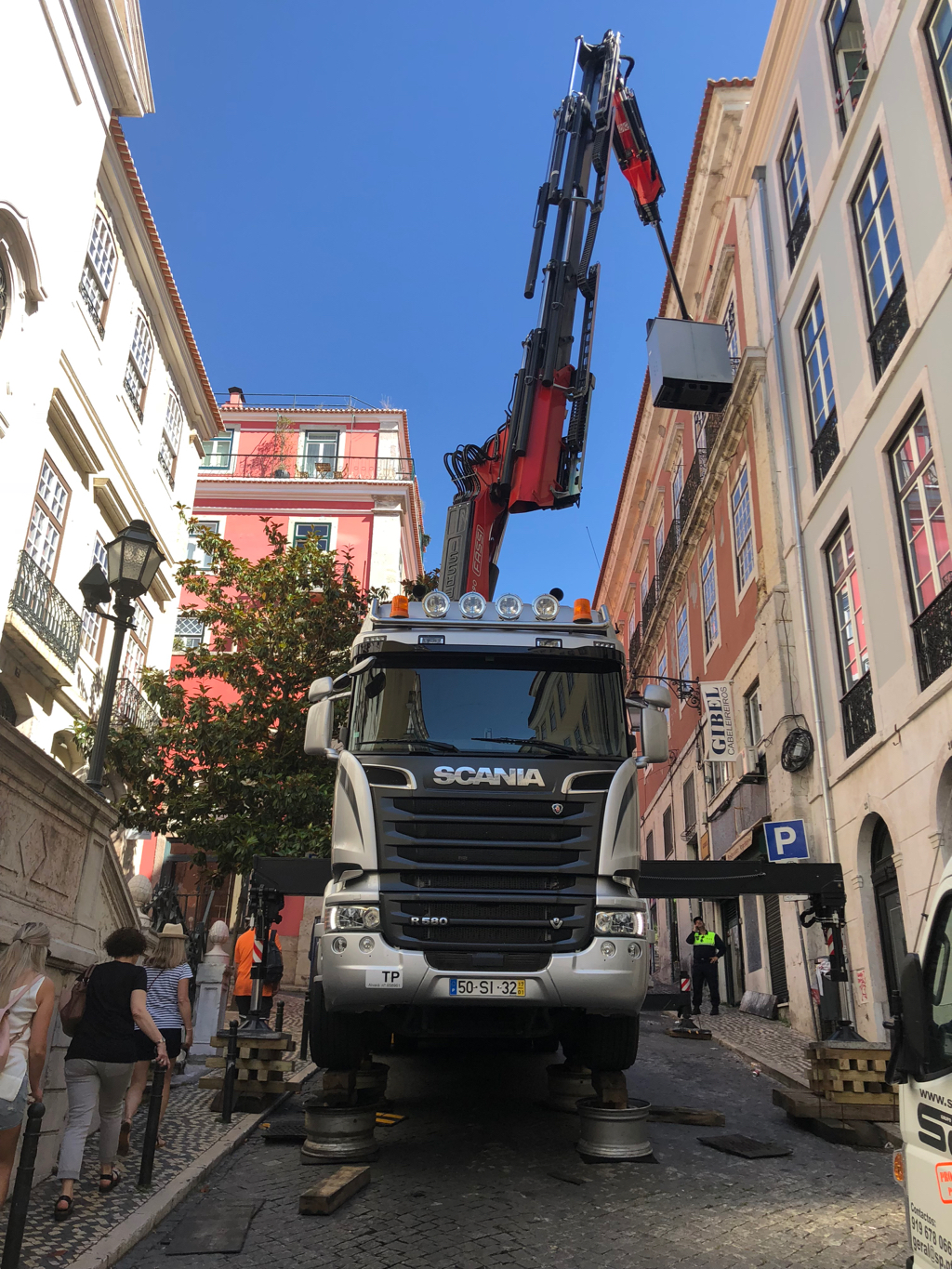
(Addendum) A close-up of the chocs:
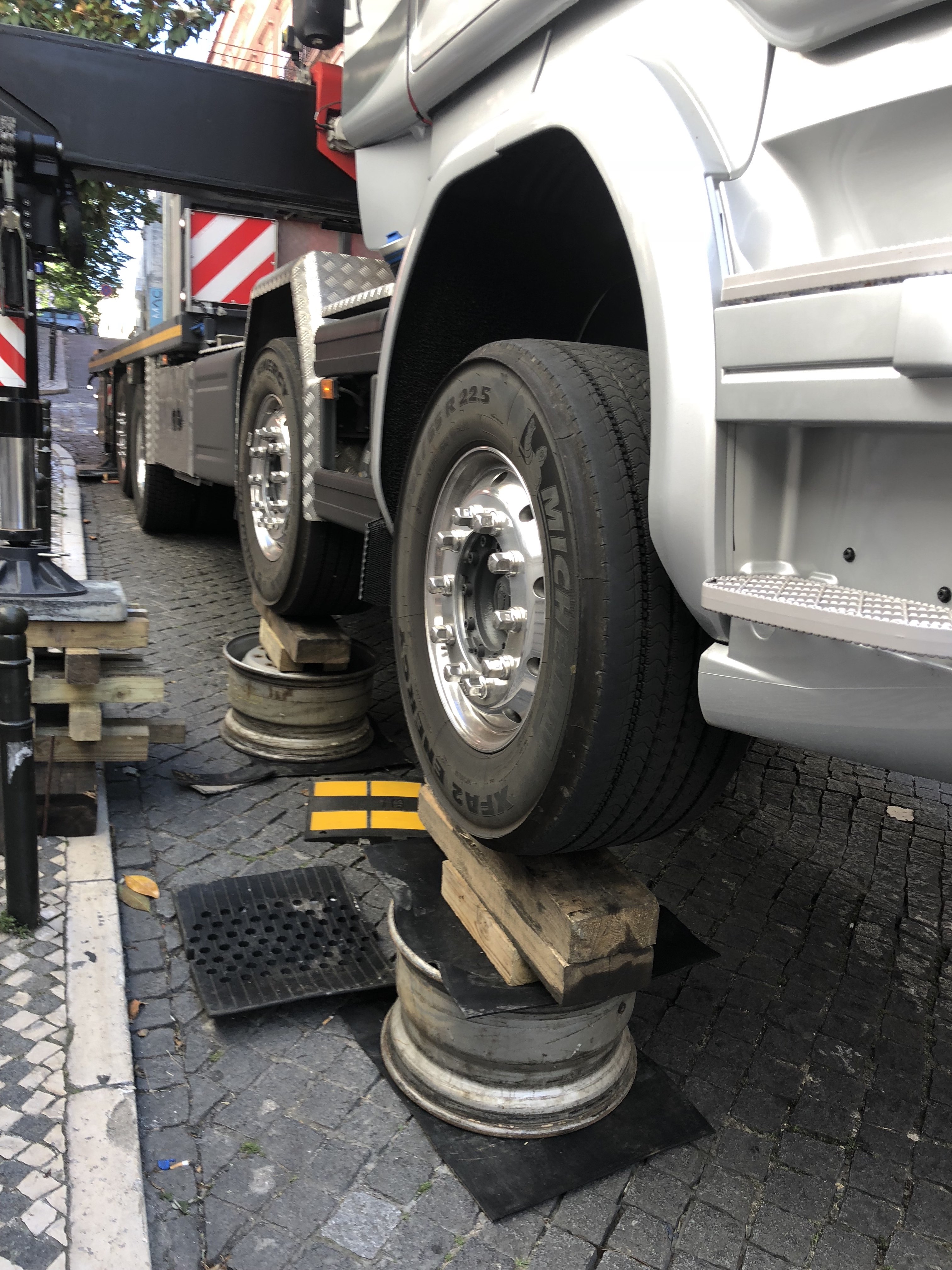
A wonderful trip, Portugal is in some ways more ‘up-to-date’ with technology than England, albeit they seem to choose the modern with ‘buggeration’ over more user-friendly systems.
Addendum: The exhibition in the military museum at Belém run by the Portuguese League of Combatants, (presumably a Veterans’ charity, showing a Portuguese WW1 Trench and soldier.
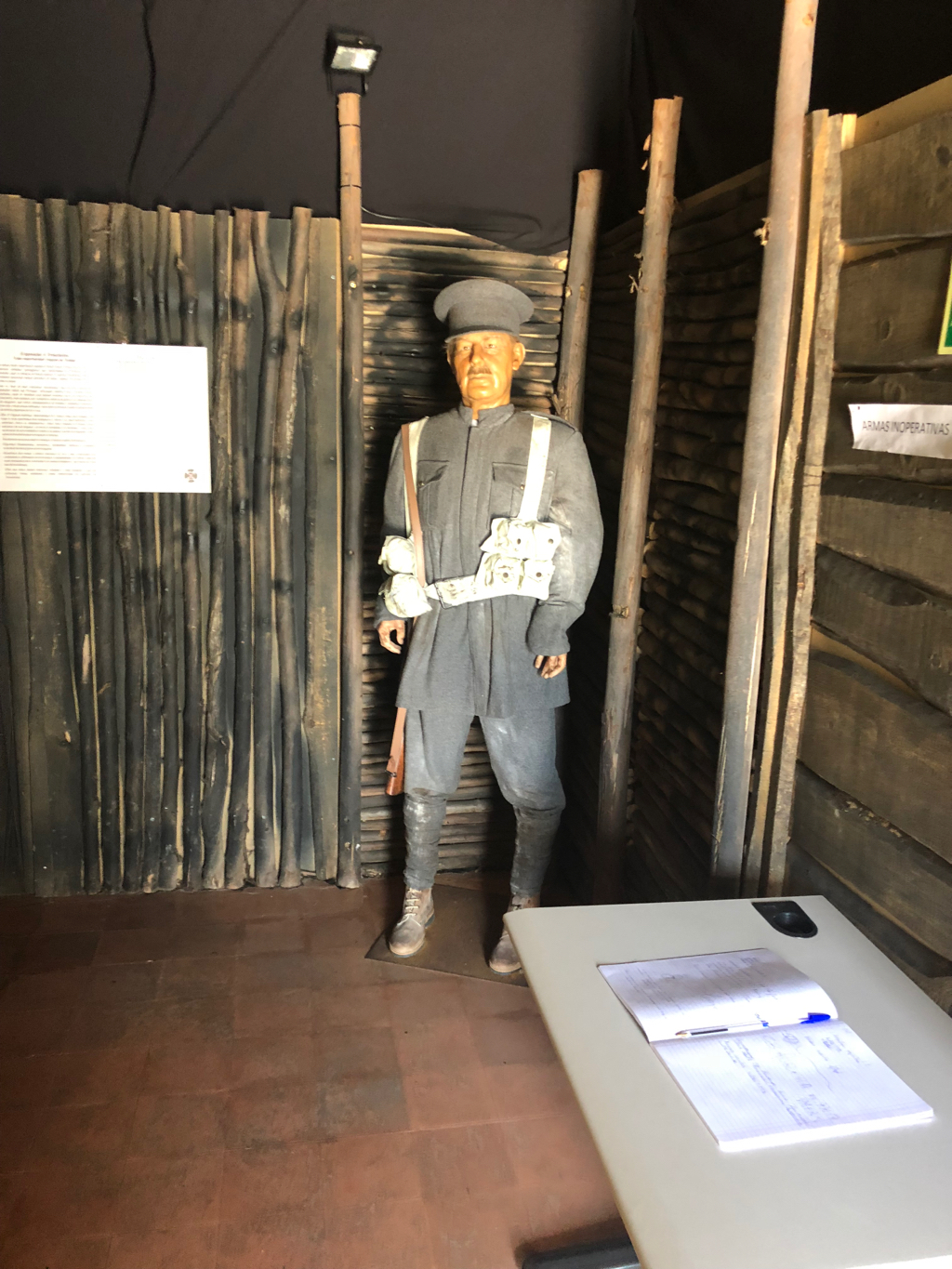
And from the Colonial wars, two rifles, one a ‘Soviet rifle’ and the other a ‘rudimentary rifle’.
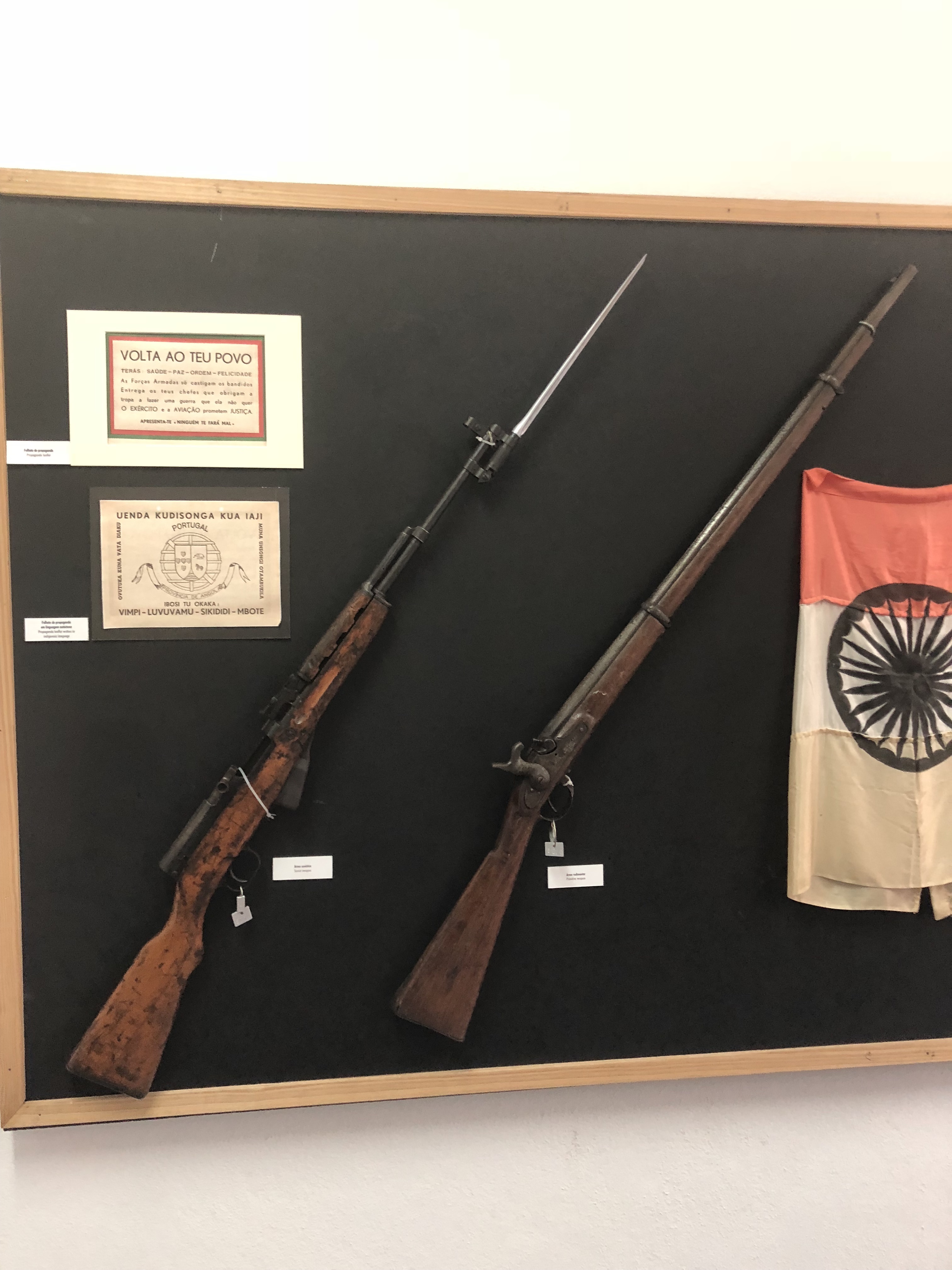
The museum has a great deal of information on the Portuguese colonial wars, roughly parallel with the Vietnam wars, and for Portugal’s size, extremely costly.




An excellent travelogue and most informative.
If you want to see a terrible tram system come to Manchester. Avoid the Wythenshawe, Oldham/Rochdale and Bury lines at quiet times if you don’t want to be attacked by gangs of feral teenagers.
Seconded on the Manc trams. And they are not ground level access so in the centre of town the platforms take up loads of space.
“There seemed to be a ‘Celtic’ vibe around these parts.”
Well, there would be. Galicia, Pays de Galles, Galloway… the Welsh got around a bit. When I was young, one of our neighbours was Galician (married to an Italian; dead cosmopolitan round our way, it was). She always said she felt right at home in the west of Scotland. Mainly because of the weather rather than the culture, to be fair. She might have been even happier in Aberystwyth or somewhere, where they speak the lingo.
Anyway, great photos. Portugal’s definitely on my list of places to visit.
Mr Ed, you have outdone yourself with these photos. They are terrif! Fascinating subjects, excellent yet reportorial composition, absolutely sharp as a tack, posted large enough to really see the detail, the scale, the context of the main subj … I’m dogfood.
By the way, you hooked me completely with your lead picture. I am a lover of fog and mist, of grey-and-green scenery attendant thereto. Speaking of which, I don’t always insist on the mist. The Ent-forest is also a wonderful piece. It makes me feel “I am there,” and There is a very good place to be.
The commentary is wonderfully informative and interesting as well. And many thanks for the links.
I think that this would make an excellent chapter in a book of travel photos, or perhaps could be published as a book in its own right. Consider the idea.
I also think it’s good on you that you got the Doge of Venice to accompany you. It was good to see his phizz in the pix. ;>)
However, you are in great disfavor with the Great Frog, as yet again you forgot to include me in your outing. Fie, I say! 😈
If only the 14th July was known only for the founding of this excellent candle shop. Not for lies and murder in Paris.
And my humble apologies to Mr Ed for misunderstanding (indeed not really hearing) his request to visit a bookshop in Porto. I have grown as self obsessed as I am fat and often do not really hear what is being said to me – as I am lost in my own thoughts.
Julie – I am sure we can all walk round the great fortress of in the north of Portugal (although it would take a day to do so – many layers of defence) and visit the palaces of Sintra – and the woods and high hills down to the sea.
Not as we now are of course – but as we were (when we could recognise ourselves in a mirror) and as we may be again some day – in another world.
In that other world the good of this world will remain and be improved upon – and the vile will not be there.
“Proof” – I have none, none whatever.
But it is a pleasing thought – and I am an old man and entitled to silly dreams.
After all would it not being even more impressive than coming upon the tomb of Francisco Suarez (if I ever knew he was buried in Lisbon, I had quite forgotten) to talk with the man himself!
Great. My country with nice commentary.
A great youtube channel to know architecture, nature is the Portugal Visto do Céu(Portugal seen from sky) with several castles, fortress and palaces.
https://www.youtube.com/channel/UCZEeB_dH9ftCPc9IfEA50yg/videos
Excellent lucklucky.
And I liked your fellow Portugese – polite and reserved.
I especially liked a gentleman (where I met him will remain undisclosed as it might harm his position) who rightly expressed regret at the terrible fate of the former Portugese colonies after they were handed over to Marxists murderers, and also expressed regret at the line of policy followed in Portugal since the military coup of 1974.
As was told some time ago by Mr Ed that the Portugese courts rejected a sensible (if minor) policy in the grounds that it was against the Constitution established after the 1974 coup – which established socialism as the direction policy must follow.
I am democrat (small d) – in that I believe that the public must be able to vote out of office a government they can not stand (that was the great flaw in the system before 1974 – the people could not vote out the government).
But a coup to “establish democracy” and a coup to “establish socialism” are two different things.
You just added this to my itinerary, thank you!
Thanks Paul.
Yes, must not be forgotten and i remind everyone when that came up, that more than 1 million persons died in civil wars after we left in which the side with more power was always Marxist – if we exclude East Timor. I never seen it stated but i believe probably several ten thousands that died were former Portuguese.
Not even accounting for the excess deaths due to decay of services, economy because of civil wars.
And btw there are no Portuguese Refugees despite half a million that came. They are called “retornados” returnees – is this an English word? – designation precisely to make them have no rights about anything they let.
lucklucky, thanks for the video links. :>)
luckylucky,
Many thanks for the link on the aerial photo videos, there are some fantastic videos. I added one of Miranda do Douro into the OP to show the gorge and town.
On the ‘Retornados’, in the 1980s I was in Faro visiting the Chapel of Bones and there was a guide there, probably in his late 60s, who spoke excellent English. I asked him where he’d learnt it and he said in Rhodesia, he had gone there for work from his native Mozambique, where he had stayed for a while after the Communist take-over. He spole briefly about the grim life, and the ‘Lenin Days’ of compulsory meaningless labour. When he said that he was from Mozambique I said to him ‘Oh, you are a Retornado, then.’ He visibily jumped and said ‘How do you know that word?‘, I had read about the term. He said that to him, it had a certain perjorative or negative connotation within Portugal, perhaps a bit like the Pied Noirs from French Algeria.
In English, we would say something like ‘The Returned Ones’, ‘the Returners’ or if a bureaucrat ‘The Returnees’.
Julie,
Thanks for your kind words. Portugal is a wonderful country to visit, I hope, perhaps next year, to do a tour of the South, the Alentejo and the Algarve, perhaps with a bit of Spanish Estremadura as well. I know the Algarve well, but there are parts I am yet to see.